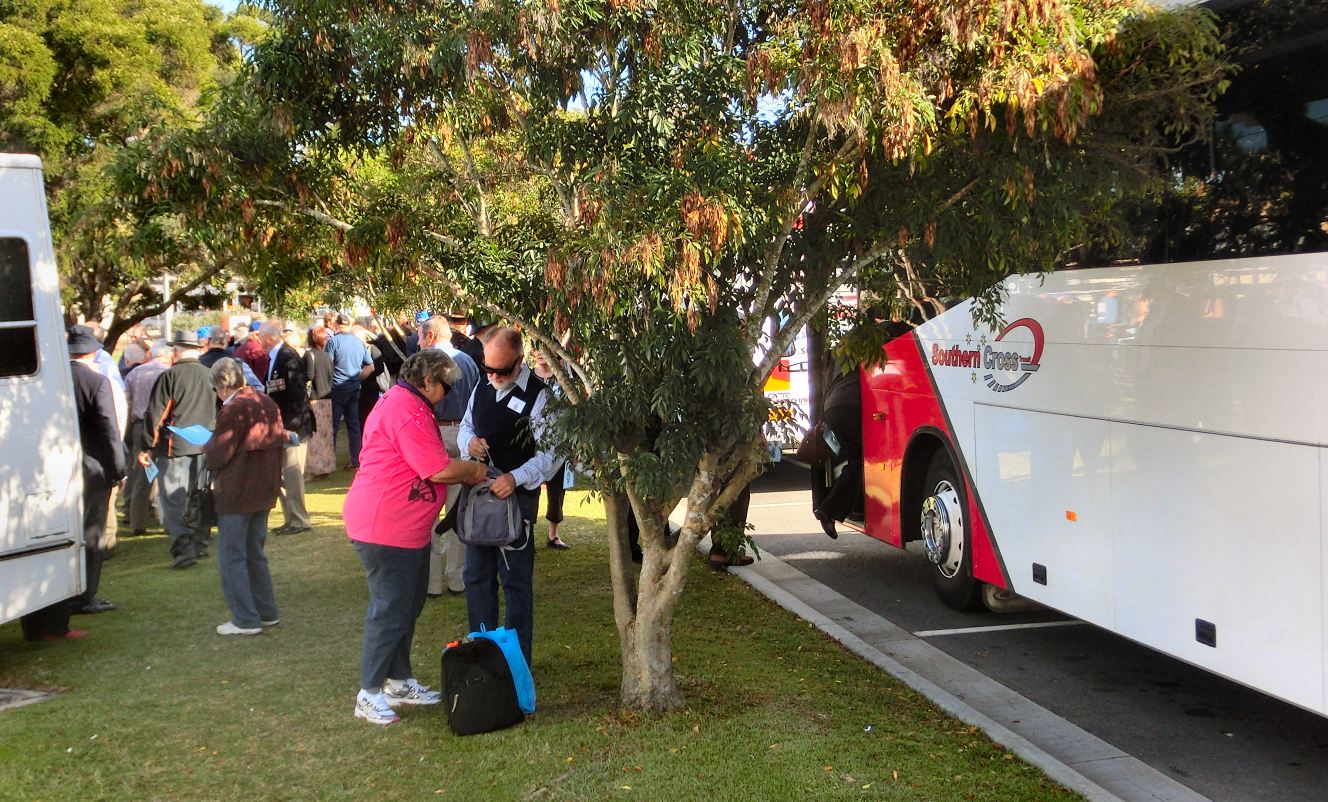|
|
|
Radschool Association Magazine - Vol 40 Page 15 |
|
Privacy Policy | Editorial Policy | Profit Policy | Join the Association | List of Members | Contact us | Index | Links |
|
Back Go to page: 1 2 3 4 5 6 7 8 9 10 11 12 13 14 15 16 17 18 19 20 Forward |
|
Welcome home Huey 771.
Over the weekend 20 – 22 July, more than
200 members of the 9 Squadron Association got
The weekend was also an opportunity to commemorate all who died on Unit Operations between July 1925 and February 1989 and to celebrate the 40th Anniversary of 9 Squadron’s end of Vietnam commitment.
|
|
|
|
|
|
On the Friday, members from all over
Australia and some from as far as New Zealand, along with their
beautiful ladies, met in the Coral Sea room at the Club for a meet and
It’s funny how friendships made in Service Life don’t seem to stop when each go their different ways – when separated, Service Friendships just go into a holding pattern and continue unabated when the friends meet up again.
On Saturday morning, about 9.30am,
everyone met and formed an orderly parade out the front of the Club
waiting to board the 4 Southern Cross coaches for the short ride out to
Luckily, the coach drivers had no need to ‘see what she’ll do’ and the huge box of lamingtons made it undamaged.”
You can click a lot of these photos to get a bigger view.
|
|
|
|
|
|
|
|
|
|
The buses were stopped at the gate to the Base but passes had all been pre-arranged and entry to the base was accomplished without a hassle.
(When you're posted to Amberley these days, you get a nice little "Welcome Book" - see HERE.)
A young RAAF bloke hopped onto the first bus and directed everyone to the Museum and Restoration Facility, which, for security reasons, has been closed to the public since the 9/11 atrocity back in 2001.
|
|
|
|
|
|
One by one, the buses dropped everyone
at the Museum where A2-771, the centre of
It is a shame that the mindless killing spree of middle eastern terrorists has forced the closure of the museum, countless hours have been spent in restoring some magnificent machines and it is indeed sad that they are denied to the public.
|
|
|
|
On arrival, people met and chatted with some of the distinguished guests, including Air Marshall Geoff Brown, the Chief of Air Force; Angus Houston, retired ACM and patron of the Association; Air Commodore Tim Innes, Commander Combat Support Group; and Alison Stanley, the Deputy Commissioner for the Department of Veterans Affairs, which so generously provided funding through the “Saluting Their Service Program” to allow the ceremony to go ahead.
|
|
Andy Plunkett, (Instrument Fitter), Ted McAndrew, (Photographer)
|
|
People inspected the ‘chopper,’ had their photos taken with it, had a quick look through the museum then went looking for a seat to watch the ceremony. A2-771 had been stored at the Army’s Damascus Barracks which is near Brisbane Airport and on the 19th October, 2010, it was moved to the Museum for restoration. The job was done by a group of volunteers from both the 9 Sqn Association and the Heritage centre, under the leadership of Ken Bischof (right). It now belongs to the association and is on permanent loan to the Heritage centre.
At 10.30am, the gathering was called to order and The Welcome Address was given by the National President of the Association, Graeme Chalmers. |
|
A hot dog is the cleverest dog in the word, it can feed the hand that bites it.
|
|
Graeme thanked everyone for giving of their time and making the effort to attend the ceremony. He also made mention of times when RAN and RNZAF pilots flew with 9 Squadron, and thanked many of those aviators who also made the effort to be there on the day. He thanked the DMO, (Department of Materials Organisation), for their gift of A2-771 to the Association, through DMO’s Iroquois Disposal Plan, and the aircraft will now be on static display at the Amberley Museum.
|
|
Graeme then passed the batten to Air Marshall Geoff Brown who delivered the Keynote Address.
|
|
Geoff, who grew up in Toowoomba and learnt to fly in a glider over the Darling Downs, is the RAAF’s 19th Air Marshall. (Click HERE to see the full list of Air Marshalls). He joined the RAAF in 1980 and after completing 111 Pilot’s Course in 1981, was posted to 12 Squadron at Amberley – 12 Sqn then had the Chinooks. In 1985 he was posted to Pearce as an Instructor, then in 1986 it was off to Sale where he became a member of the Roulettes aerobatic team which back then flew the Macchis. In 1990, it was up to Willytown for conversion to the F/A-18. In 1991 to 1993 he was Flight Commander of 75 Sqn, then as a Sqn Ldr Exec Officer of 77 Sqn then in 1995 it was off to the RAAF’s Staff College for another tour of the books.
In 1995 he was promoted to Air Commodore and became the OC of 82 Wing. He was Officer Commanding Airborne Early Warning and Control Systems Program Office from June 2003 until December 2004 and spent 2005 at the Centre for Defence and Strategic Studies. He then commanded Air Combat Group throughout 2006. From Jan 2007 until Jun 2008 he was Director General Capability Planning in Air Force Headquarters. He was the Deputy Chief of Air Force from 30 June 2008 to 3 Jul 2011
He was appointed Chief of Air Force on the 4th July 2011.
|
|
Geoff reminded the gathering of the wonderful heritage of 9 Sqn, a Squadron that began life back in January 1939 at Point Cook. Back then it operated Seagull V amphibious aircraft, which were commonly referred to as the Walrus, and which were designed to be embarked on Navy cruisers to provide reconnaissance, anti-submarine and artillery-spotting.
After the declaration of war in September, several Walruses and their crews found themselves in the Mediterranean, where they continued to serve until early 1942. With the entry of Japan into the war in December 1941, the Australian cruisers returned to the Pacific theatre to play a direct role in the defence of Australia.
During the war, No 9 Squadron personnel invariably suffered the same fate as the ships in which they were embarked. In a night action off Guadalcanal on 8 August 1942, five squadron personnel were killed and a further two wounded when HMAS Canberra was sunk. Similarly, when HMAS Sydney was lost with all hands in an action on 19 November 1941, six squadron members were among those killed. Another five personnel died on 1 March 1942 when HMAS Perth was sunk in the Sunda Strait.
No 9 Squadron's combat record continued with its deployment to Vietnam in 1966. Equipped with Iroquois helicopters the unit provided essential support for Australian and New Zealand forces. In late 1967, No 9 Squadron was re-equipped with the more capable 'D' and 'H' models and, for the first time, Royal New Zealand Air Force and Royal Australian Navy pilots joined the unit. In order to provide vital suppression fire during the "hot" extraction of troops under fire, a number of No 9 Squadron Iroquois were converted into attack helicopters or "gunships". These helicopters often came under enemy fire and on several occasions gunships were either shot down or badly damaged.
In early 1982, eight Iroquois and a contingent of personnel deployed to the Middle East on peace-keeping duties as part of the Multi-National Force and Observers - a commitment which was maintained until 1986. In February 1988, No 9 Squadron began to re-equip with S-70A Black Hawk helicopters, but after conversion training had been completed, the unit moved to Townsville where it disbanded on 14 February 1989. The squadron's personnel and helicopters were then used to form the nucleus of the Army's 5th Aviation Regiment.
Geoff assured everyone who had been
involved with 9 Squadron, over the years, that they
Graeme then asked Chaplain Paul Goodland to lead the gathering in prayers to remember all those who lost their lives in carrying out their duties and to keep those still serving out of harm’s way. Chaplain Goodland asked Flight Lt Tiffany Scott to call the roll of deceased members.
Click HERE for the list of names.
A number of Wreaths had been provided and everyone was invited to lay one in honour of the fallen.
|
|
Ipswich City Council Deputy Mayor, Councillor Vic Attwood and Angus Houston, ACM retired, laying a wreath. |
|
|
|
Heather Chalmers laying a wreath.
|
|
After the wreath laying ceremony, Graeme
Chalmers called everyone to attention, than asked Flt Lt Steve Finch,
from 23 Squadron, to play the Last Post and the Rouse. It was obvious,
listening to Steve, that he had done this many times before. It was an
excellent
It was only fitting, of course, that Steve chose to pay the tribute in front of one of the RAAF’s real aeroplanes.
A2-771 then proved how smart an aeroplane it really was by telling the gathering its life story, albeit through the lips of Graeme Chalmers.
“A2-771 is an H model Iroquois and was delivered to the RAAF in Vietnam in July 1968. Prior to joining the RAAF, 771 flew under the colours of the US Army. On joining the RAAF, 771 was configured as a “Slick”, or troop carrier and operated under the call sign “Albatross”. It was armed with two M60 machine guns, one mounted on each side of the aircraft, at the rear of the doorways, with one gun being operated by the crewman and the other by the gunny.
771 flew in Vietnam for the last time in
November 1971 when it was loaded onto HMAS Sydney, and on the 19th
December, with Sydney anchored off Caloundra, 771, being flown
Once settled in at Amberley, 771 provided general support to the Army and RAAF and urgent support to the civilian community during natural disasters such as the floods in 1974 which inundated Ipswich, much of Southern and Western Queensland and Northern New South Wales.
Earlier, in 1972, it was rewired and reconfigured and often flew as a Bushranger Gunship and took place in many live firing exercises at Evans Head, on the coast in northern New South Wales.
In 1988-89, the decision was made to replace the Iroquois with Black Hawk helicopters and 771 was retired."
That closed the formal part of the day. Graeme Chalmers thanked everyone who had helped organize the day, and invited everyone to have a look at, to hop in or climb all over 771, to mingle, to participate in the food and drink, to have a look through the museum and to enjoy the rest of the day.
It was announced that at 1.30pm, an early bus would take anyone who wished to leave early, back into Ipswich, where they could have a nana nap before the evening’s proceedings.
Official stand-down at the Museum was set for 2.30pm.
|
|
A little boy was sitting on the footpath with a bottle of Turpentine. He was shaking it up and watching all the bubbles. A Priest came along and asked the little boy what he had. The little boy said, 'This is the most powerful liquid in the world; it's called Turpentine.' The Priest said, 'No, the most powerful liquid in the world is Holy Water. If you rub it on a pregnant woman's belly, she'll pass a healthy baby..' The little boy replied, 'If you rub turpentine on a cat's bum, he'll pass a Harley Davidson !' |
|
Some of the hundreds who attended the ceremony, all names L-R: |
|
|
|
John Paule, Ted Bach, Bruce and Judy Lane.
|
|
Steve and Beth Russell, Paul and Pamela Hickerton.
|
|
Guy Badgery, Steve and Vera Hartigan. |
|
|
|
Ian Taylor, John and Rhonda Robson.
|
|
Claire Innes, Tim Innes, Ian Foster, Bob Upham.
|
|
Barry and Fran Bircham, Karen Thompson, Paddy Sinclair, Dell Tyler, Karen Haslewood, Pat Sinclair
|
|
Margaret and Doug “Strawb” Ellis, Eileen Bischof.
|
|
Ken Bischof, Peter Howe.
|
|
Russell Bennett, Wendy Rider, Robert “Spider” Rider, Peter Shambrook, Alan Spiller, Peter Johnson.
|
|
Dennis “Harry’ Harrison, Allan Greig, Elaine Greig, Dick Joyce, Kathy Powell, Peter Howe.
|
|
Dave Field, Roger “Blue” Wilde, Nina Ford, Dennis Freeman, Ray Townsend.
|
|
3 proofs that Jesus was a woman:
1. He fed a crowd at a moment's notice when there was virtually no food. 2. He kept trying to get a message across to a bunch of men who just didn't get it. 3. And even when He was dead, He had to get up because there was still work to do!
|
|
|
|
Sue Grigson, Enid Glascow.
|
|
Earle Murray, Beverly Moore
|
|
Helen Vidler, Fred and Marlene Brown.
|
|
Late in the day, with the beer and wine running free, the ever vigilant Heather Chalmers, noticed a few old 9 Sqn pilots lecherously eyeing off the aircraft. Heather first came across and got to know RAAF aircrew when she was a teacher at the RAAF school in Penang (back in the good old days), and knowing full well what antics they could and would get up to and fearing the worst, she assumed the role of aircraft protector.
|
|
She did a good job too, when we left 771 was still on the ground.
|
|
The interior of the wonderfully restored A2-771. A sight sure to bring back a heap of fond memories for a lot of blokes.
|
|
Monty Jesinowski and Jo Sheffield. Monty, being an ex Chinook driver, couldn’t resist climbing aboard the only real aeroplane on the tarmac and luxuriating in the wonderfully comfortable aircraft seating provided by one of De Havillands’s finest.
|
|
|
|
One of the F-111’s on display at the museum.
|
|
|
|
The noisy end of the F-111, the vent in the centre is where the fuel is pumped out and ignited by the after-burner to provide the spectacular ‘dump and burn” so familiar with attendees of special event nights. |
|
|
|
The Douglas A20G Boston Bomber which was recovered from the jungles in PNG and lovingly restored.
|
|
And while all this was going on, one of 6 Sqn's remaining F-111C aircraft sat quietly out in the weather just waiting and hoping someone would come along and take it away and give it a nice warm home somewhere.
What an ignoble end for such a majestic aircraft!
|
|
At 2.30pm, the buses arrived and everyone boarded for the short trip back to Ipswich. For most it was a quick tub, a much needed 40 winks, then back to the RSL for the official dinner.
Sunday morning was dedicated as the official Sick Parade with lots of greasy bacon to soak up the previous night’s imbibings.
A wonderful weekend was had by all and appreciation must go to the organisers.
|
|
An elderly Scotsman lay dying in his bed. While suffering the agonies of impending death, he suddenly smelled the aroma of his favourite scones wafting up the stairs.
He gathered his remaining strength and lifted himself from the bed. Leaning on the wall, he slowly made his way out of the bedroom and with even greater effort, gripping the railing with both hands, he crawled downstairs.
With laboured breath, he leaned against the door-frame, gazing into the kitchen. Were it not for death's agony, he would have thought himself already in heaven, for there, spread out upon the kitchen table were literally hundreds of his favourite scones.
Was it heaven? Or was it one final act of love from his devoted Scottish wife of sixty years, seeing to it that he left this world a happy man? Mustering one great final effort, he threw himself towards the table, landing on his knees in rumpled posture.
His aged and withered hand trembled towards a scone at the edge of the table, when it was suddenly smacked by his wife with a wooden spoon .......
Nick off she said, they're for the funeral.
|
|
Back Go to page: 1 2 3 4 5 6 7 8 9 10 11 12 13 14 15 16 17 18 19 20 Forward |
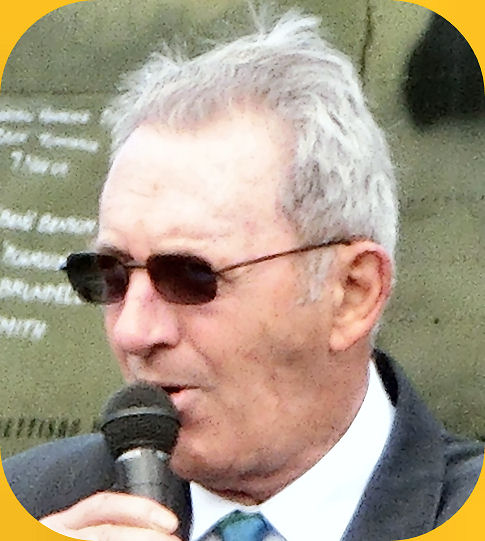 together at the Ipswich RSL Services Club to celebrate the ‘bringing
home’ of Iroquois A2-771. The ‘get together’ was exceptionally well
planned by Graeme Chalmers, the President of the 9 Sqn Association
(right), with
considerable help from his lovely wife Heather and of course from Bob
Redman, Charlie Brown and Steve Hartigan, the national Secretary, all of
which gave up considerable time and effort to ensure the weekend went
off without a hitch.
together at the Ipswich RSL Services Club to celebrate the ‘bringing
home’ of Iroquois A2-771. The ‘get together’ was exceptionally well
planned by Graeme Chalmers, the President of the 9 Sqn Association
(right), with
considerable help from his lovely wife Heather and of course from Bob
Redman, Charlie Brown and Steve Hartigan, the national Secretary, all of
which gave up considerable time and effort to ensure the weekend went
off without a hitch. 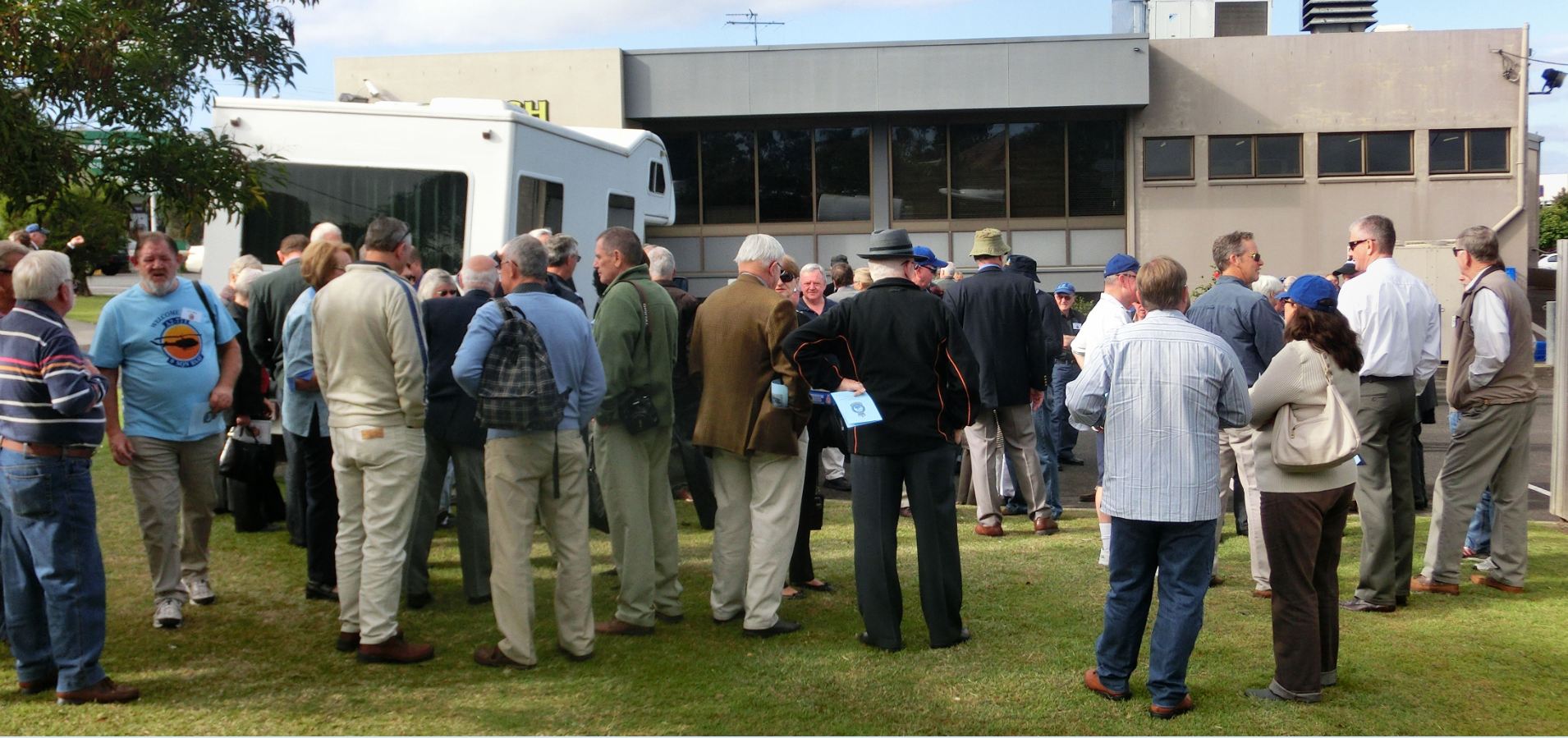

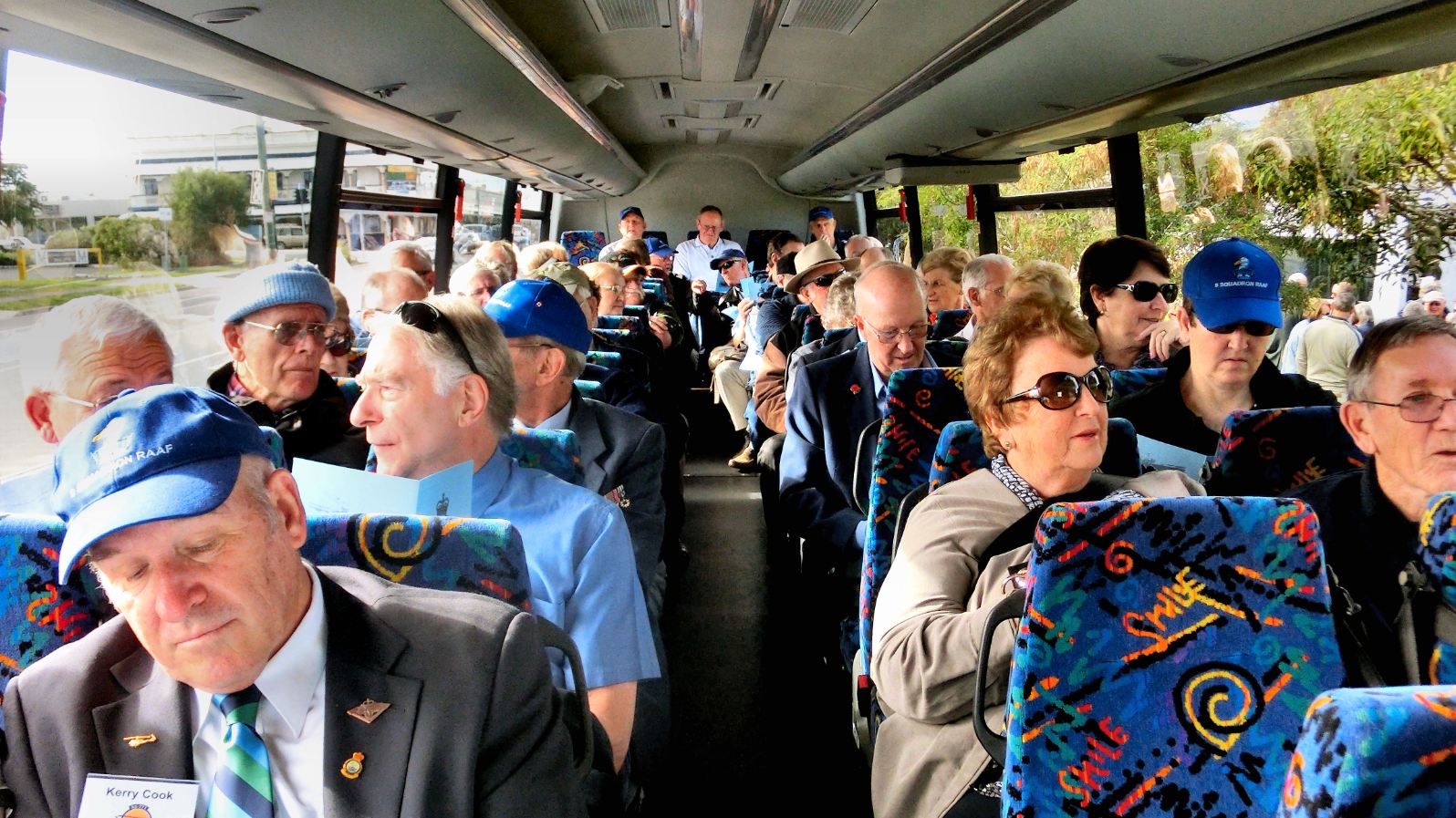
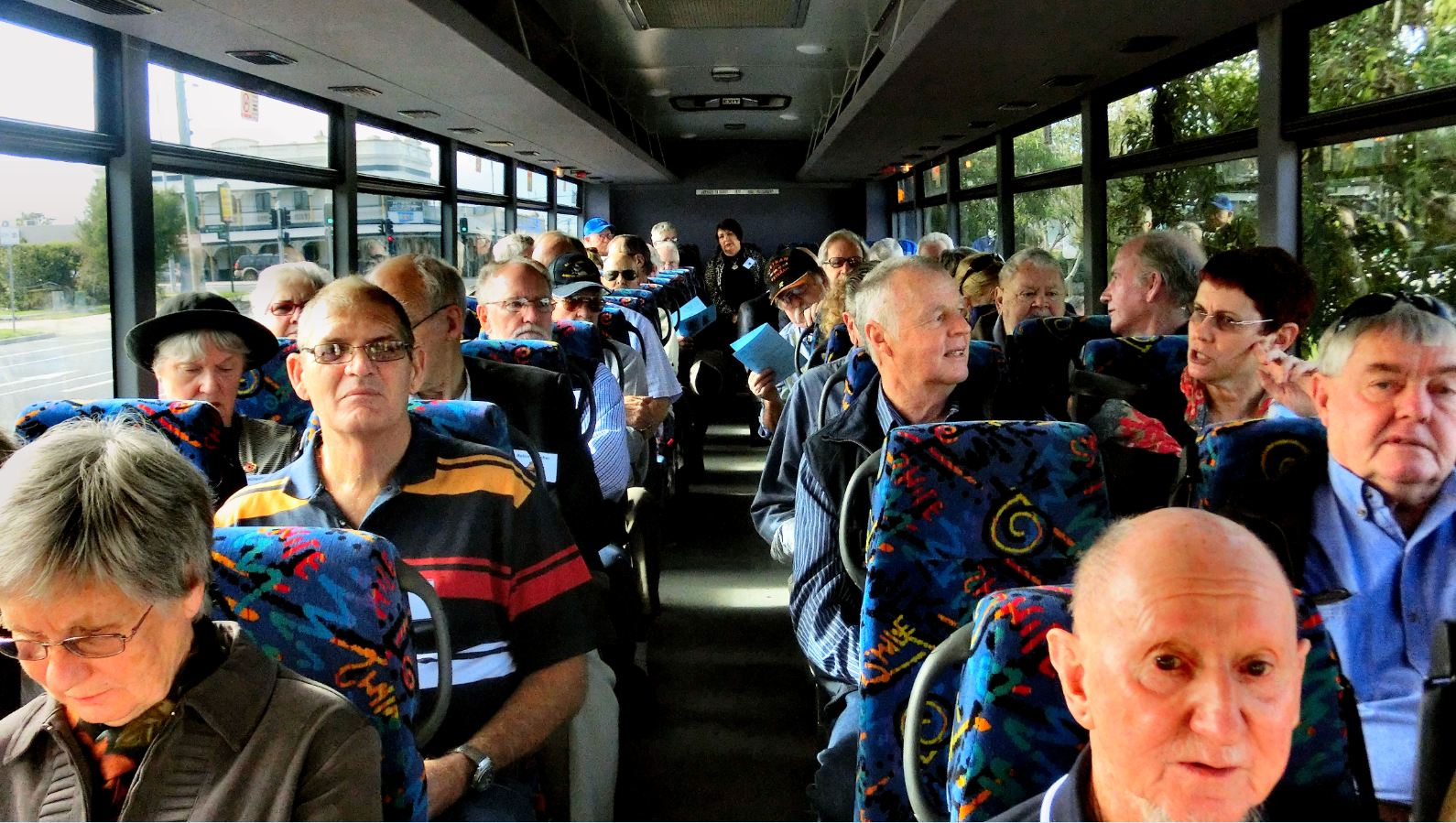
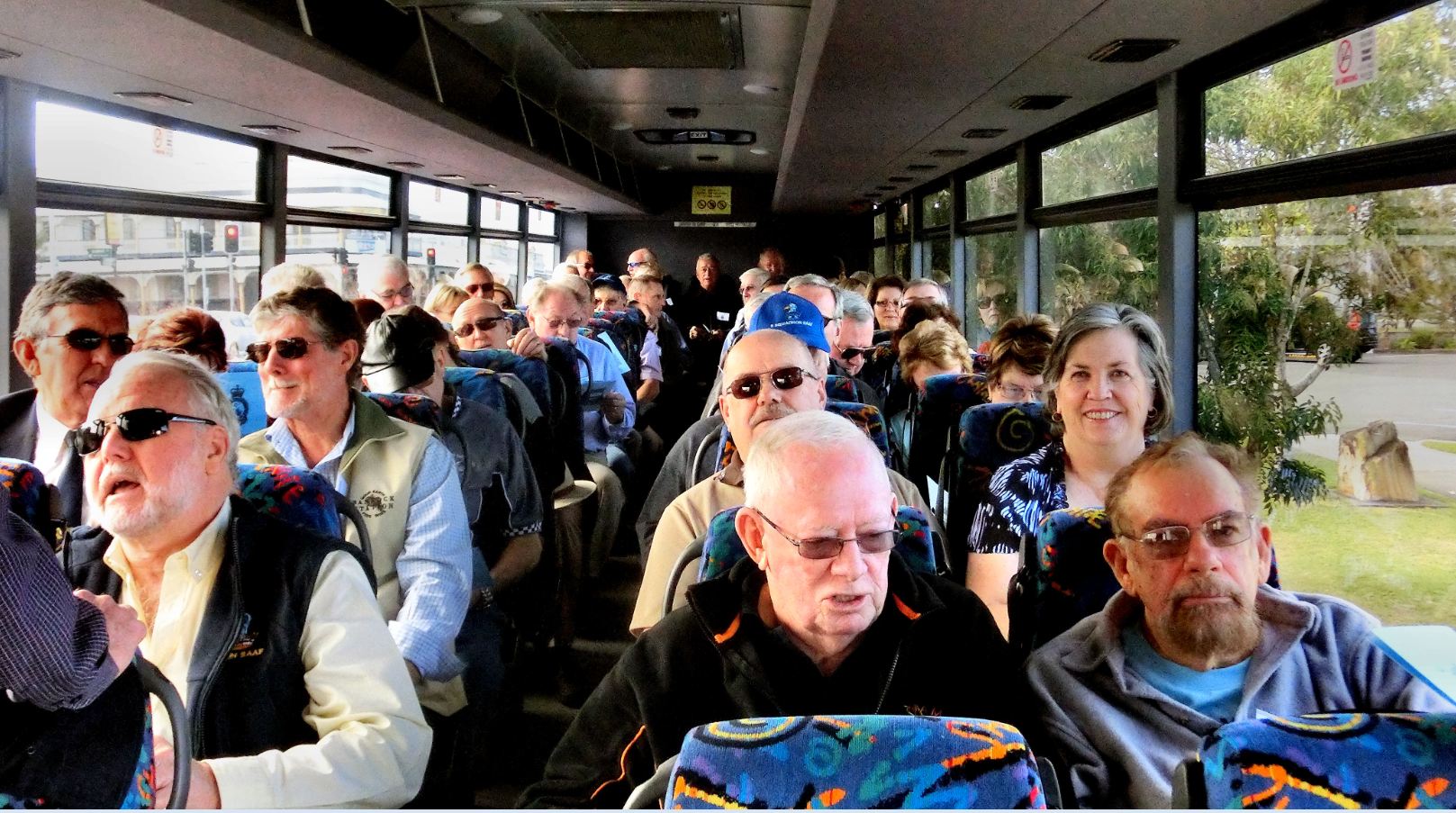
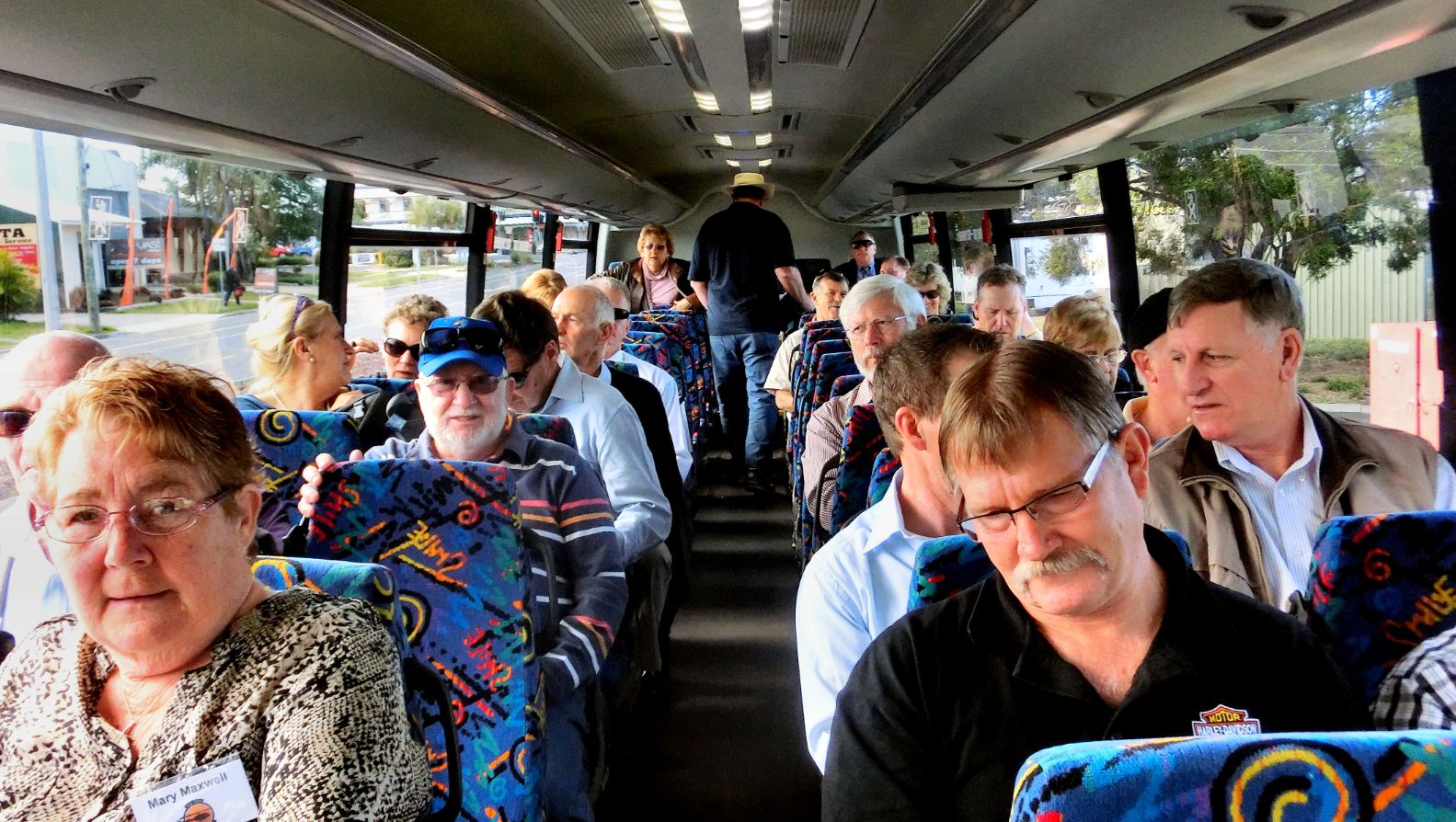
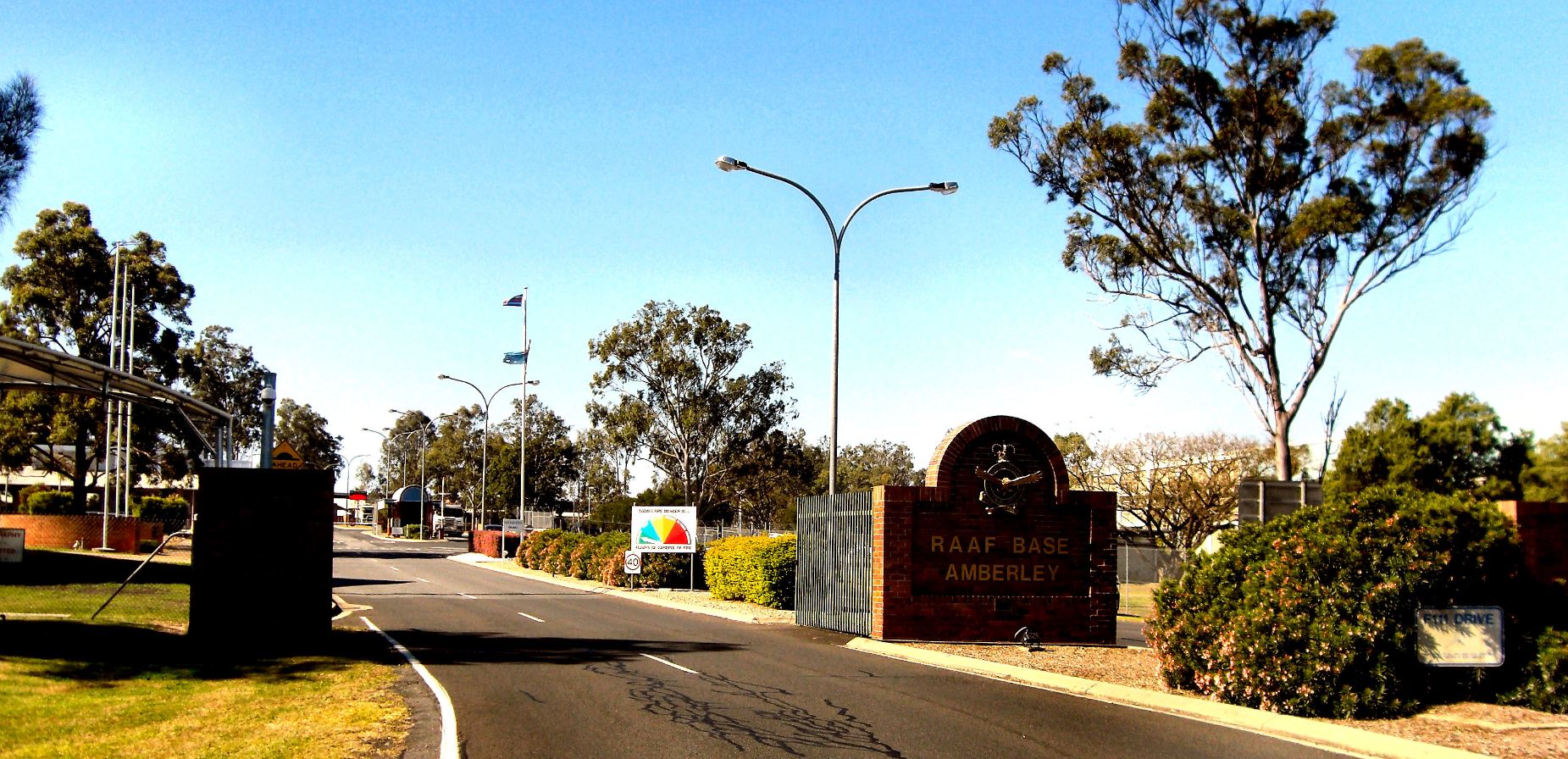

 attention, had been parked pride of place. Seating and marquees had been
set up by the
attention, had been parked pride of place. Seating and marquees had been
set up by the 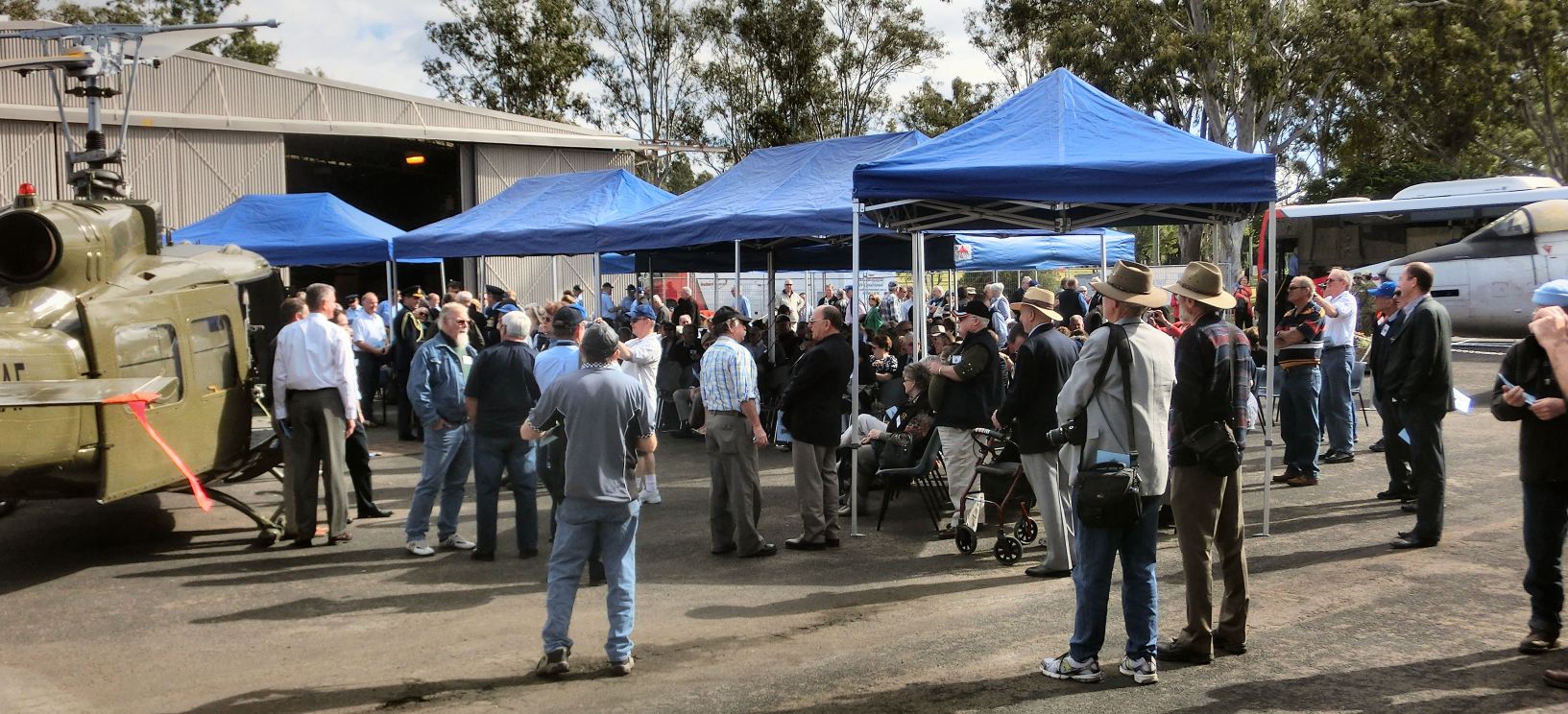
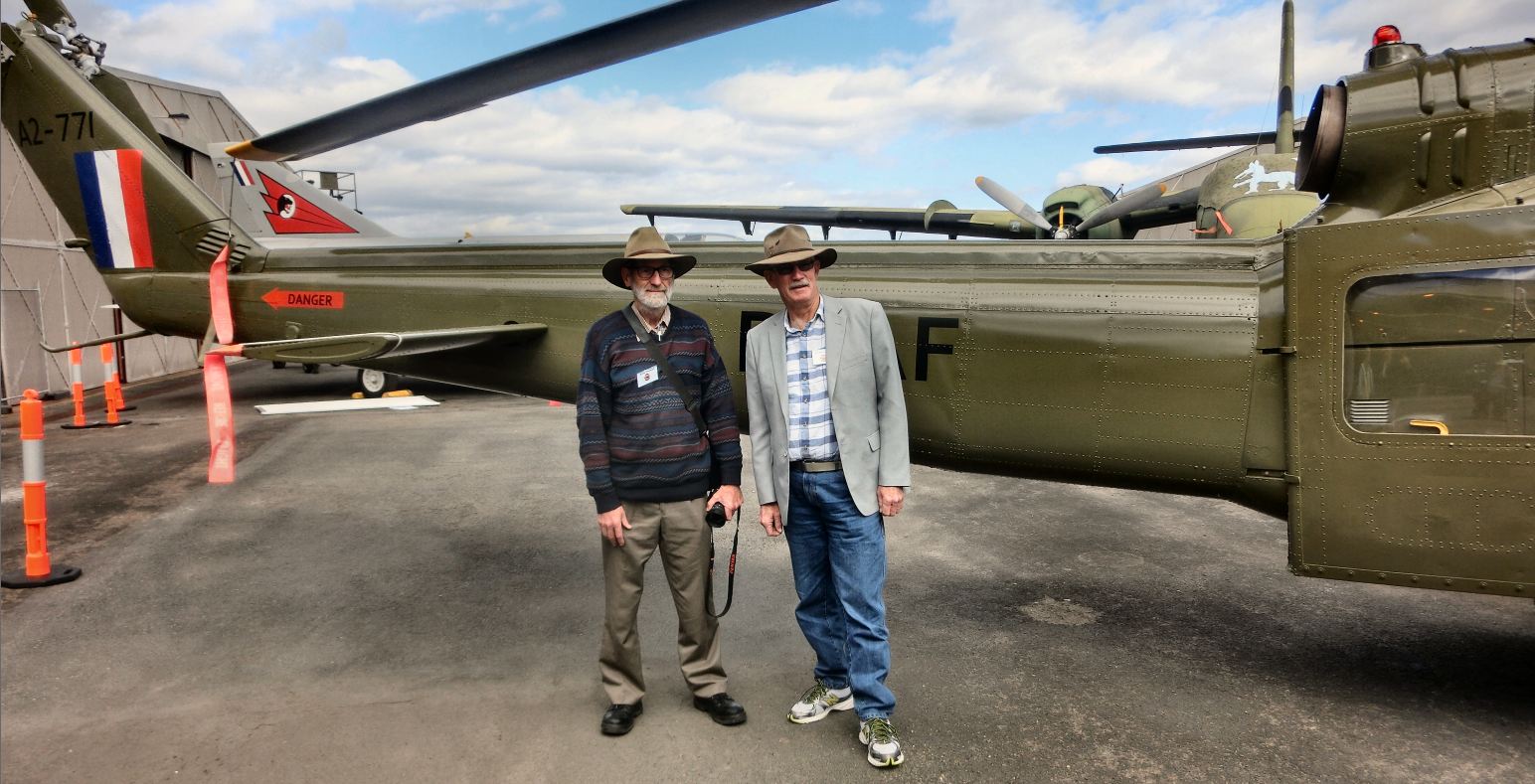
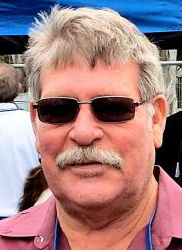
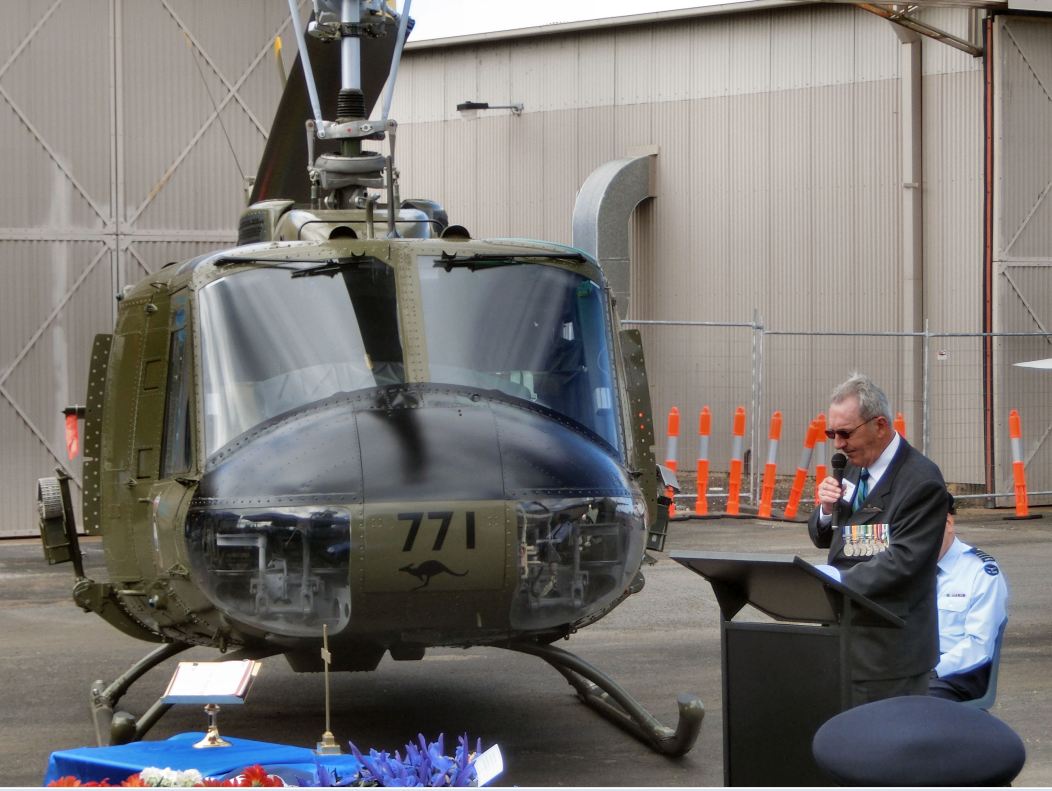
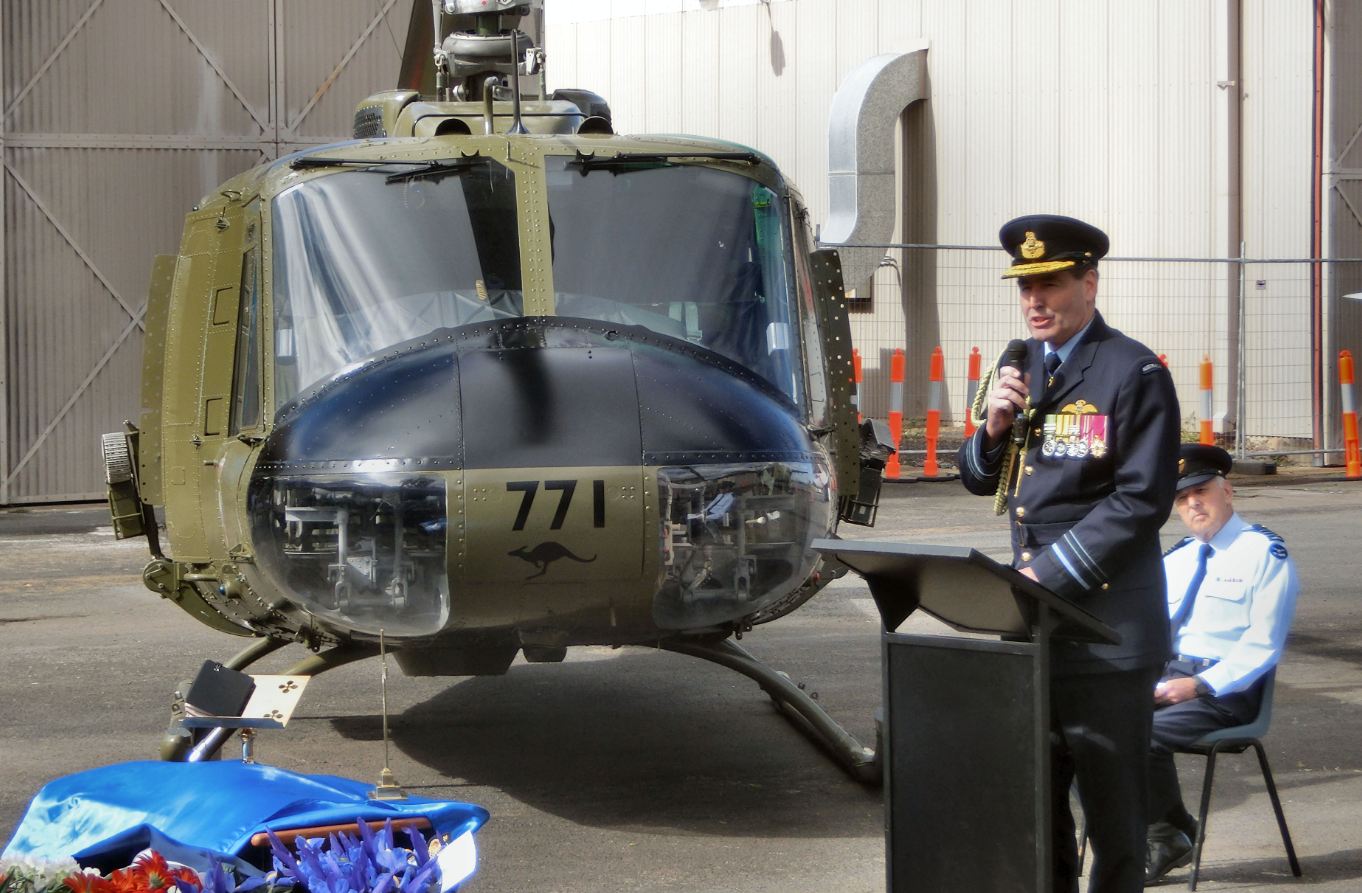
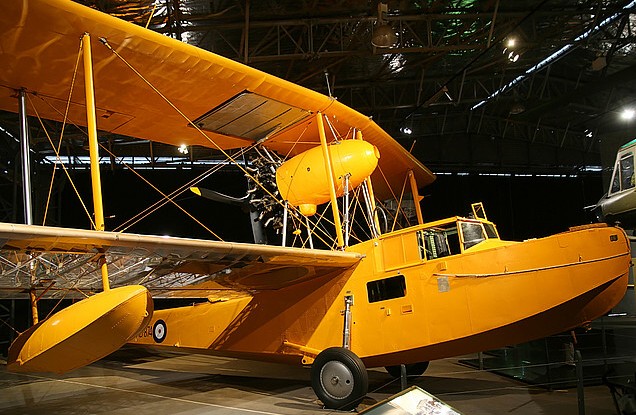
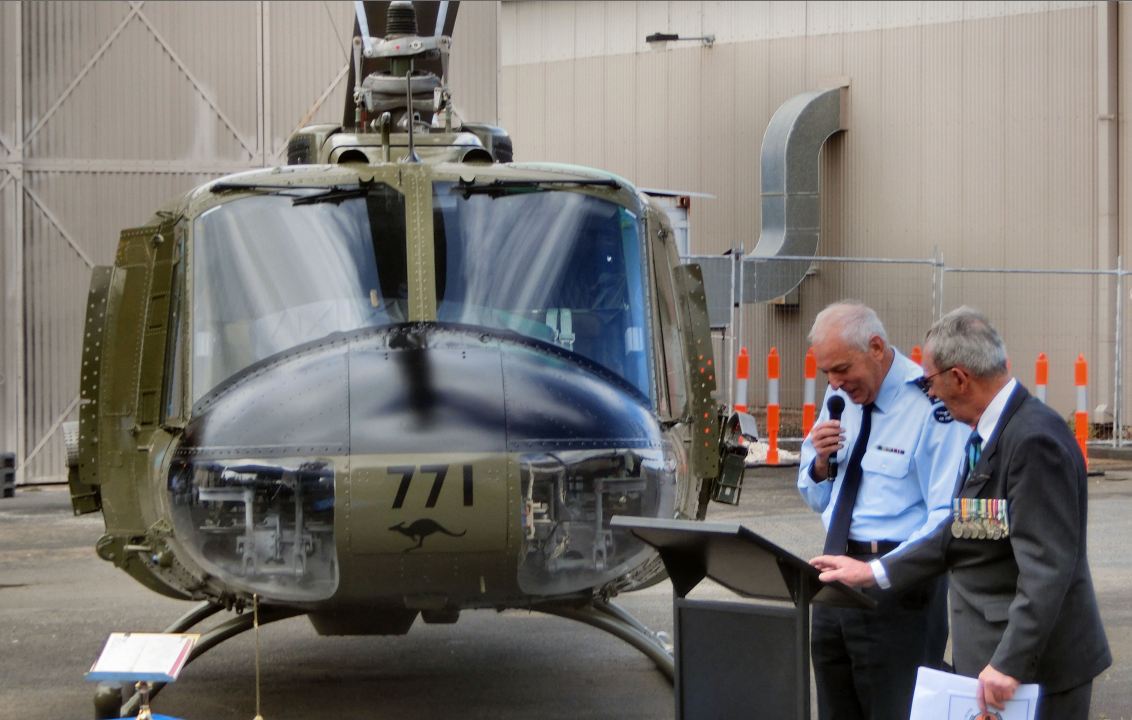
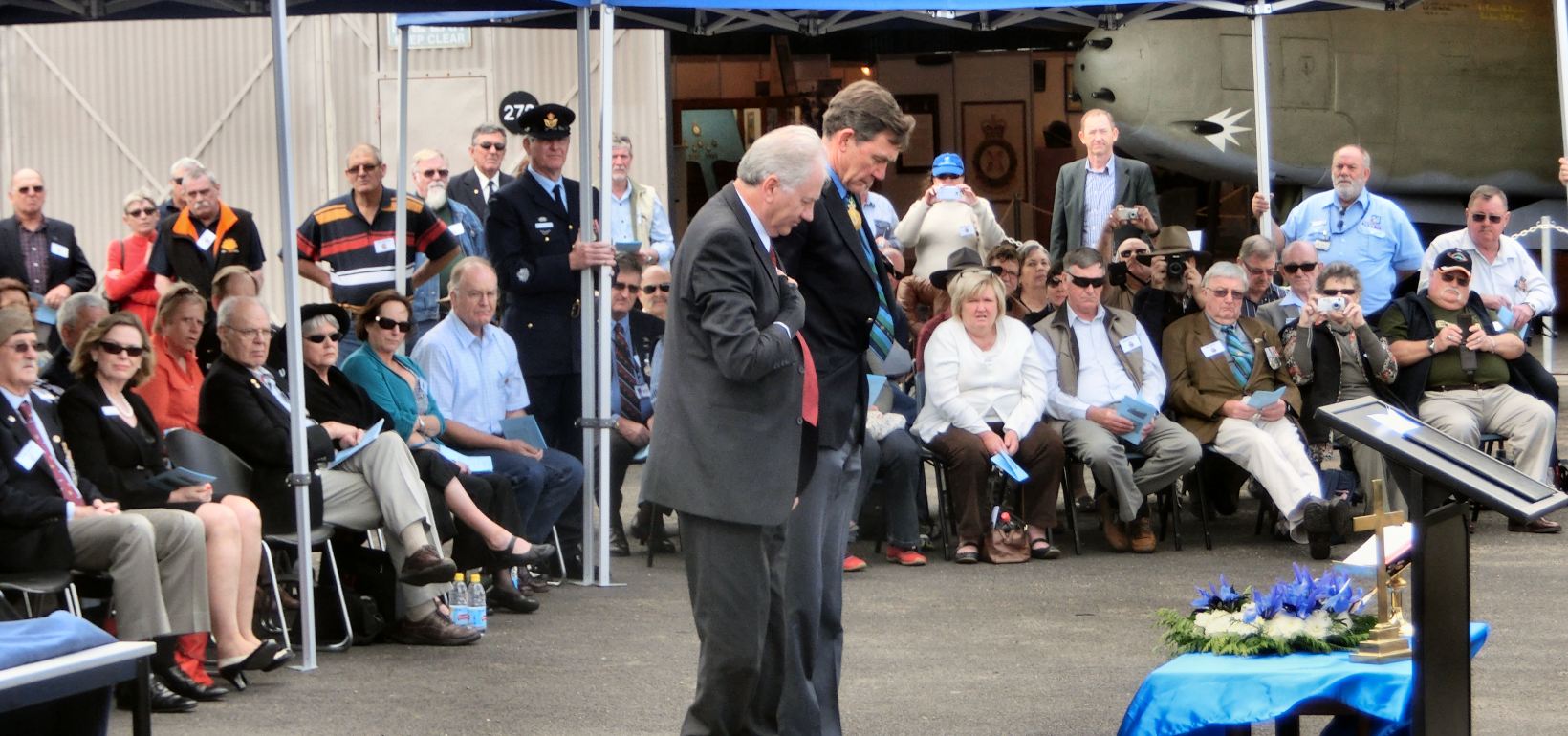
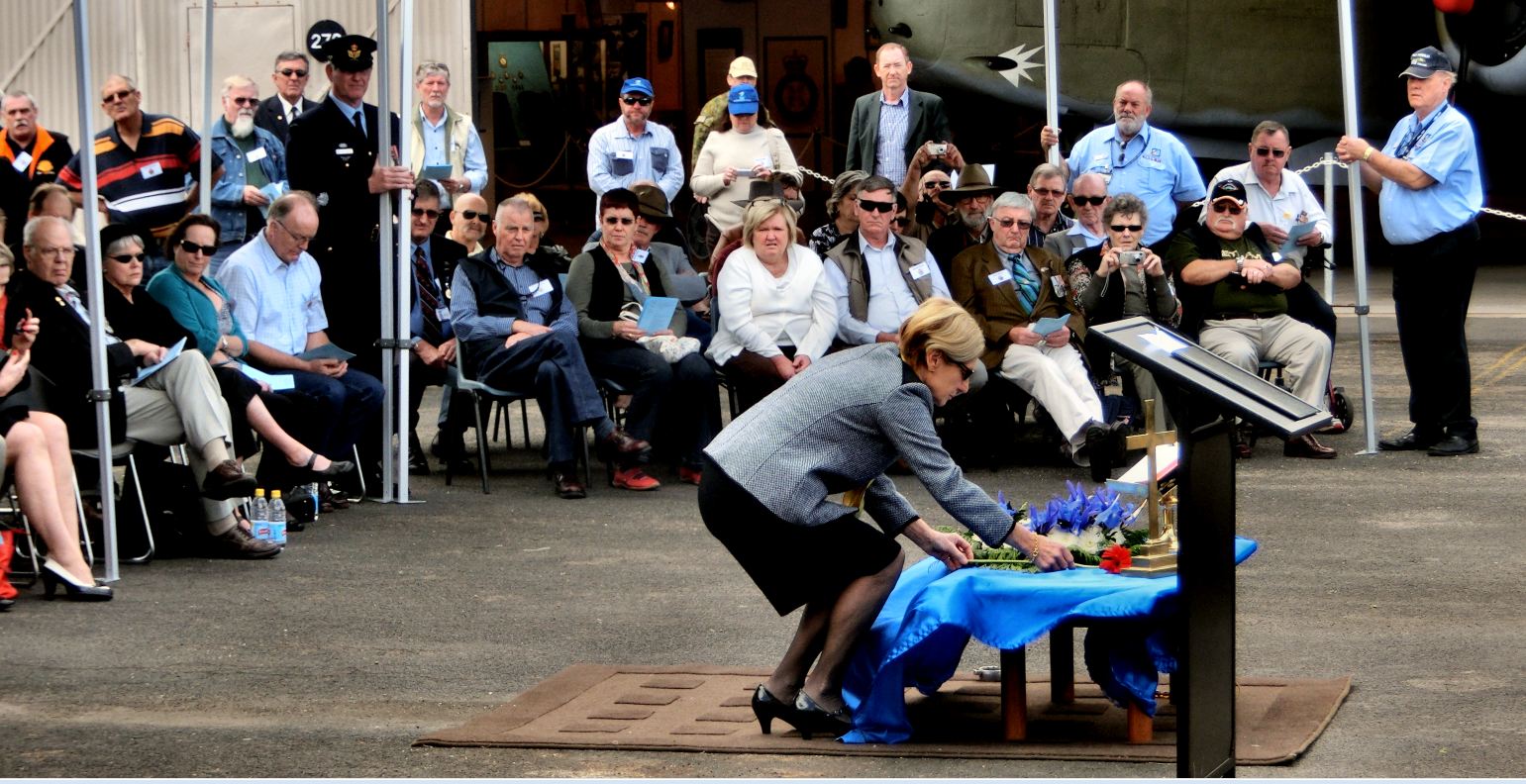
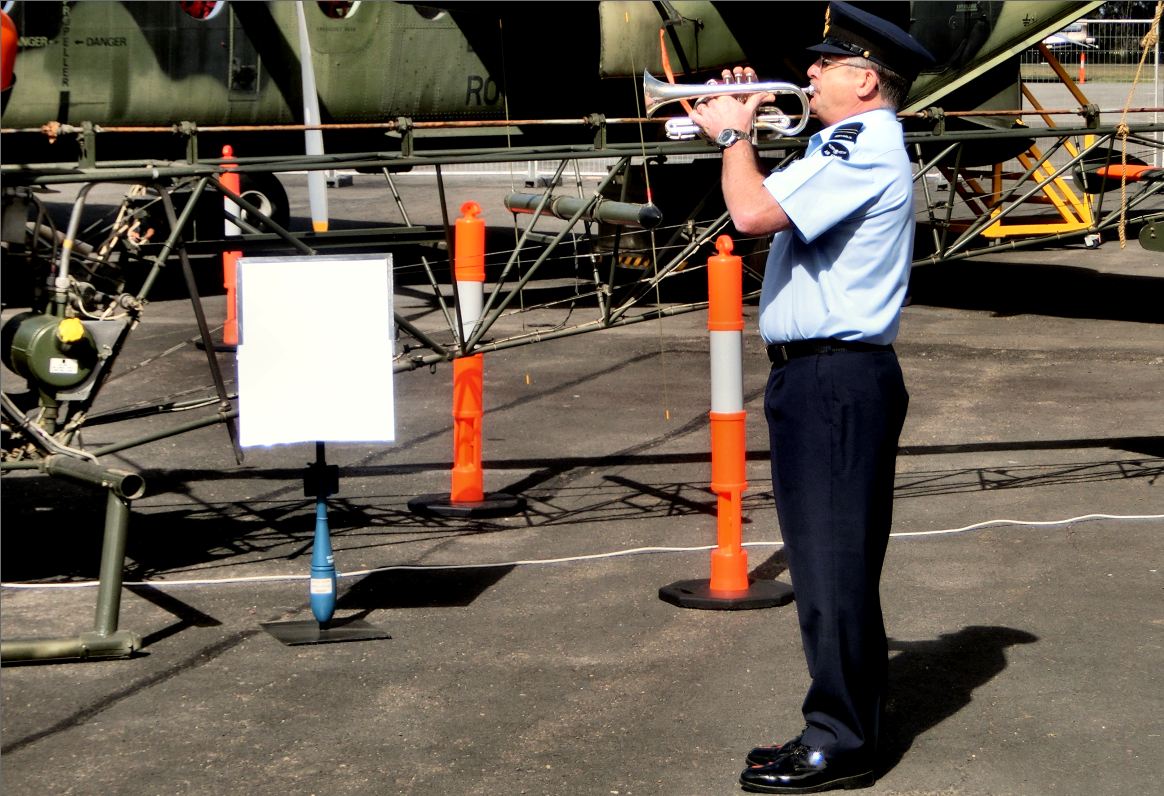
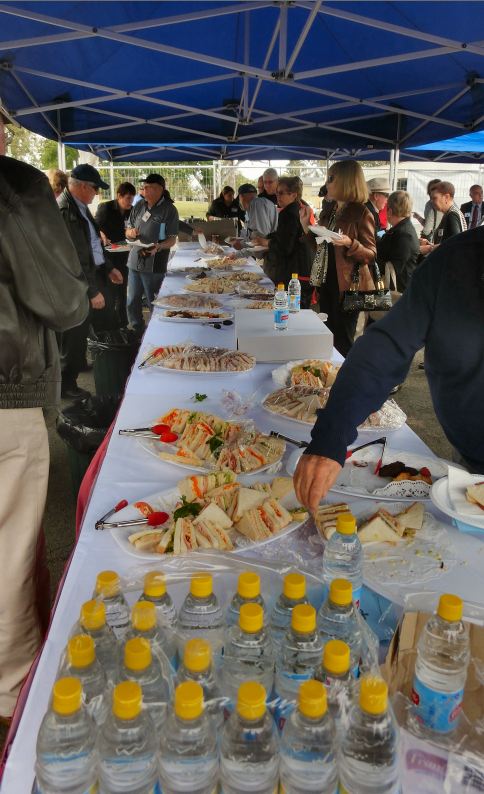
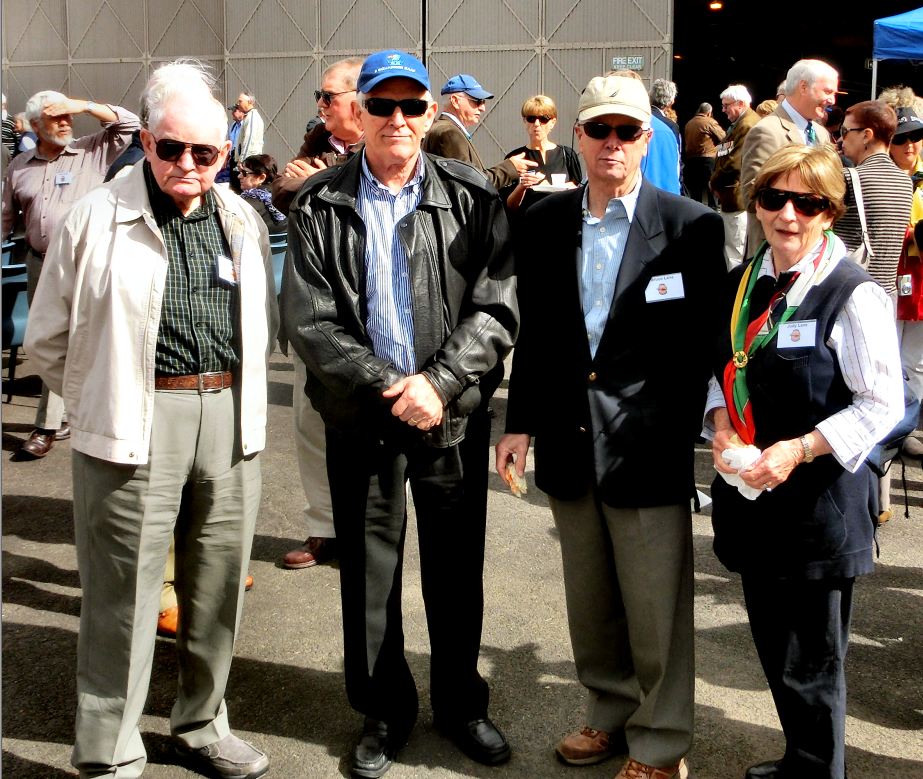
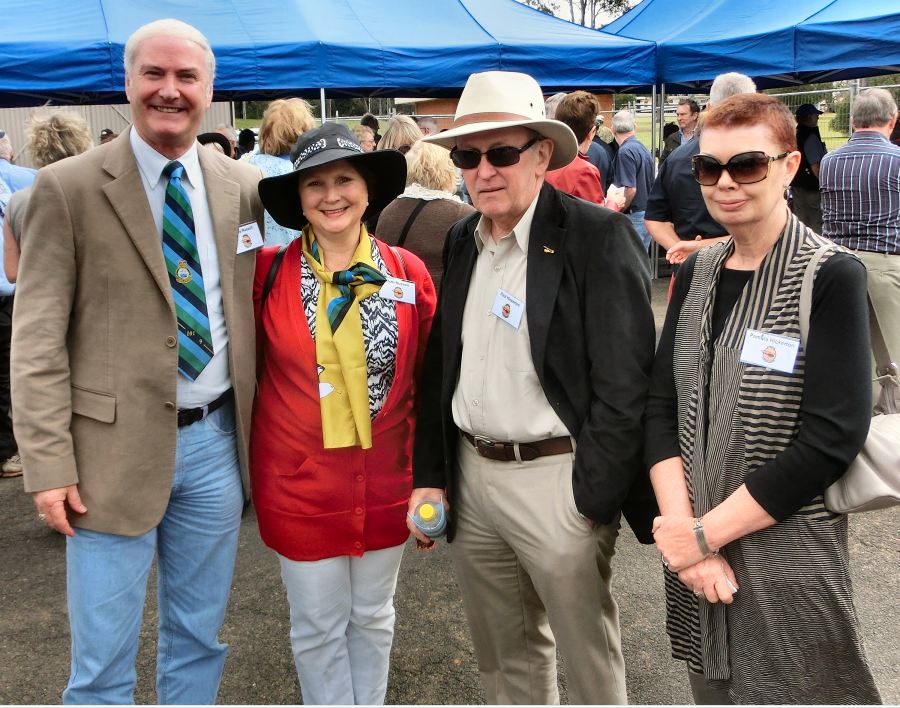
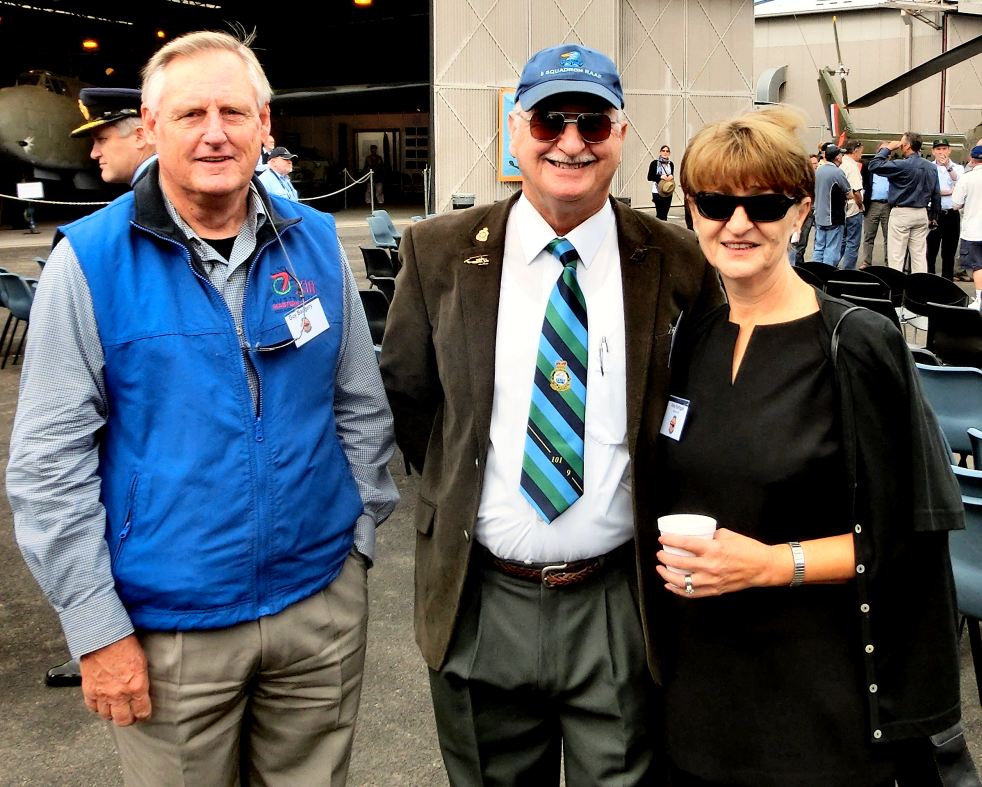
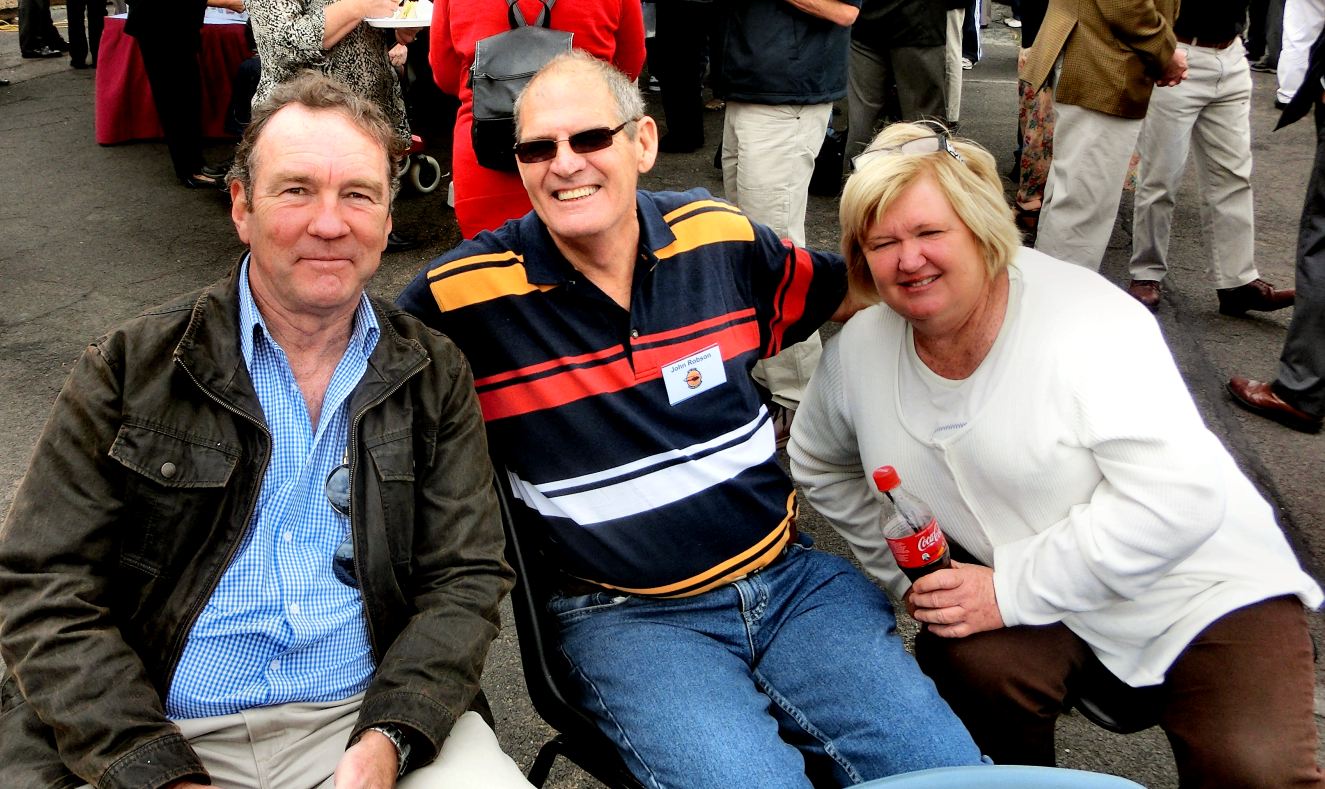
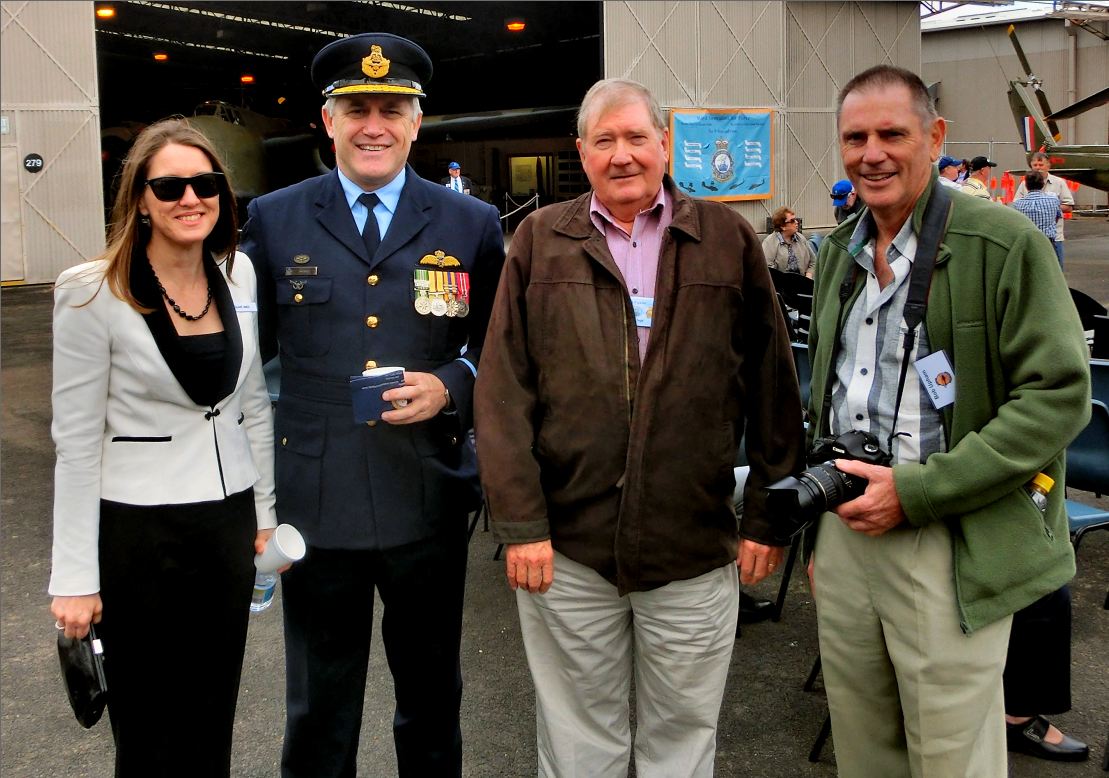
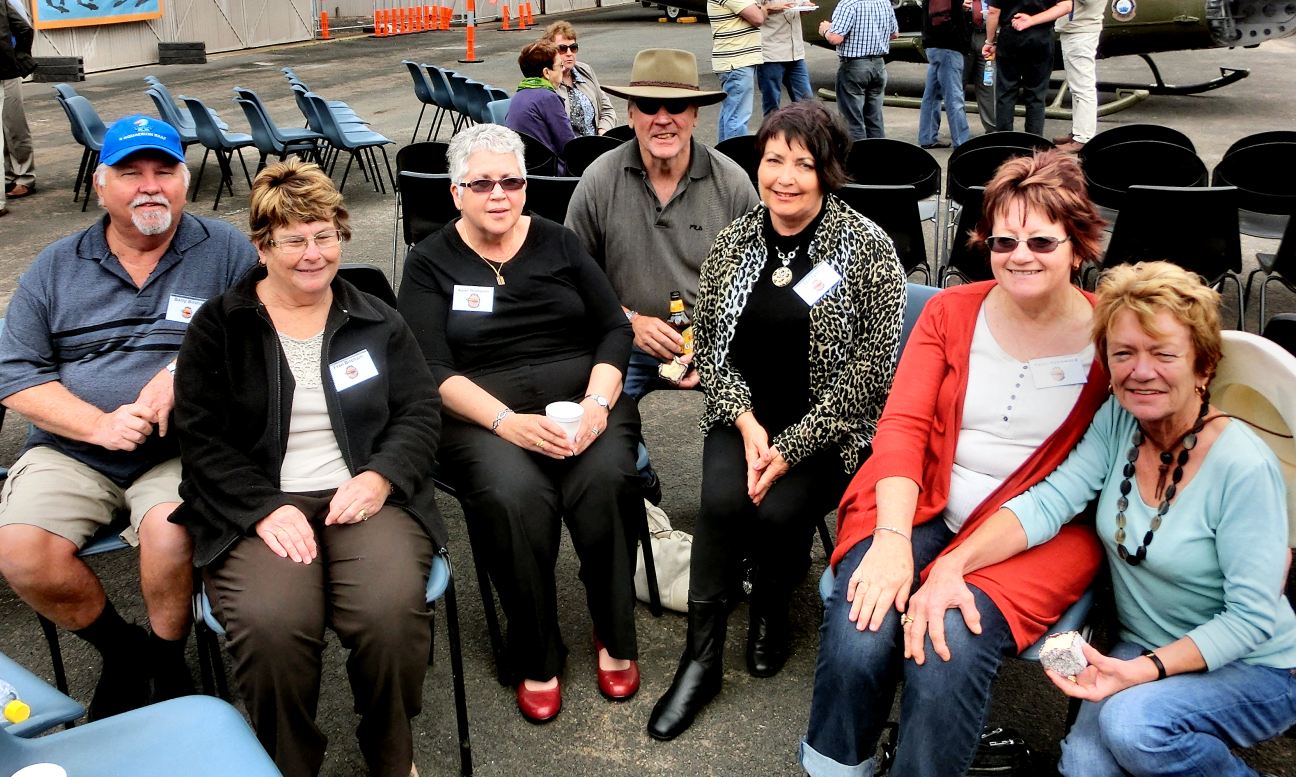
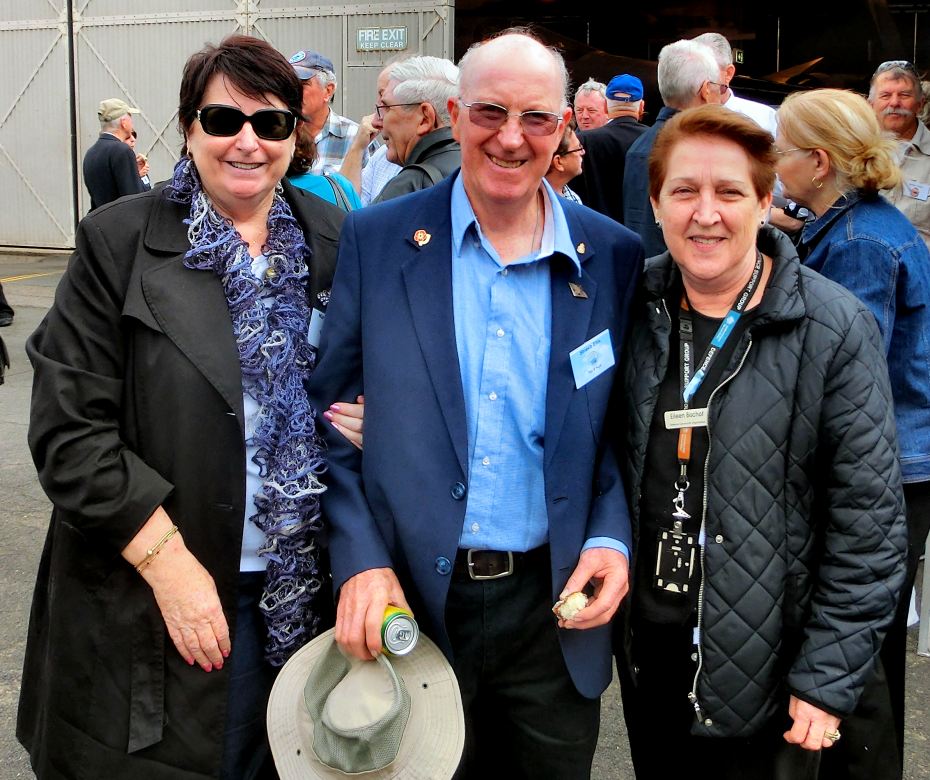
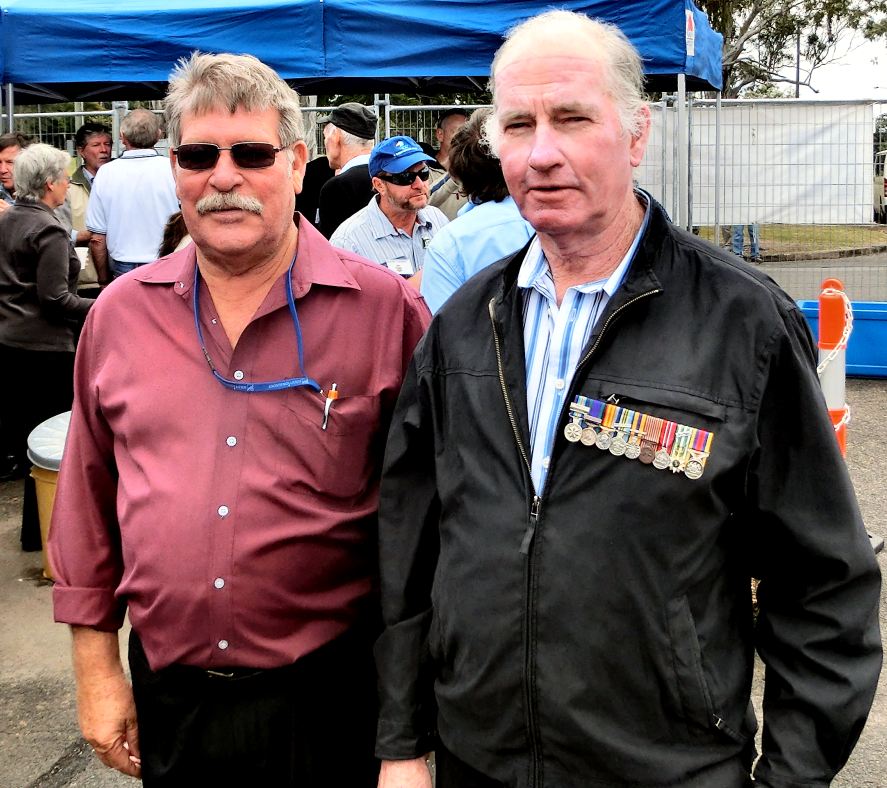
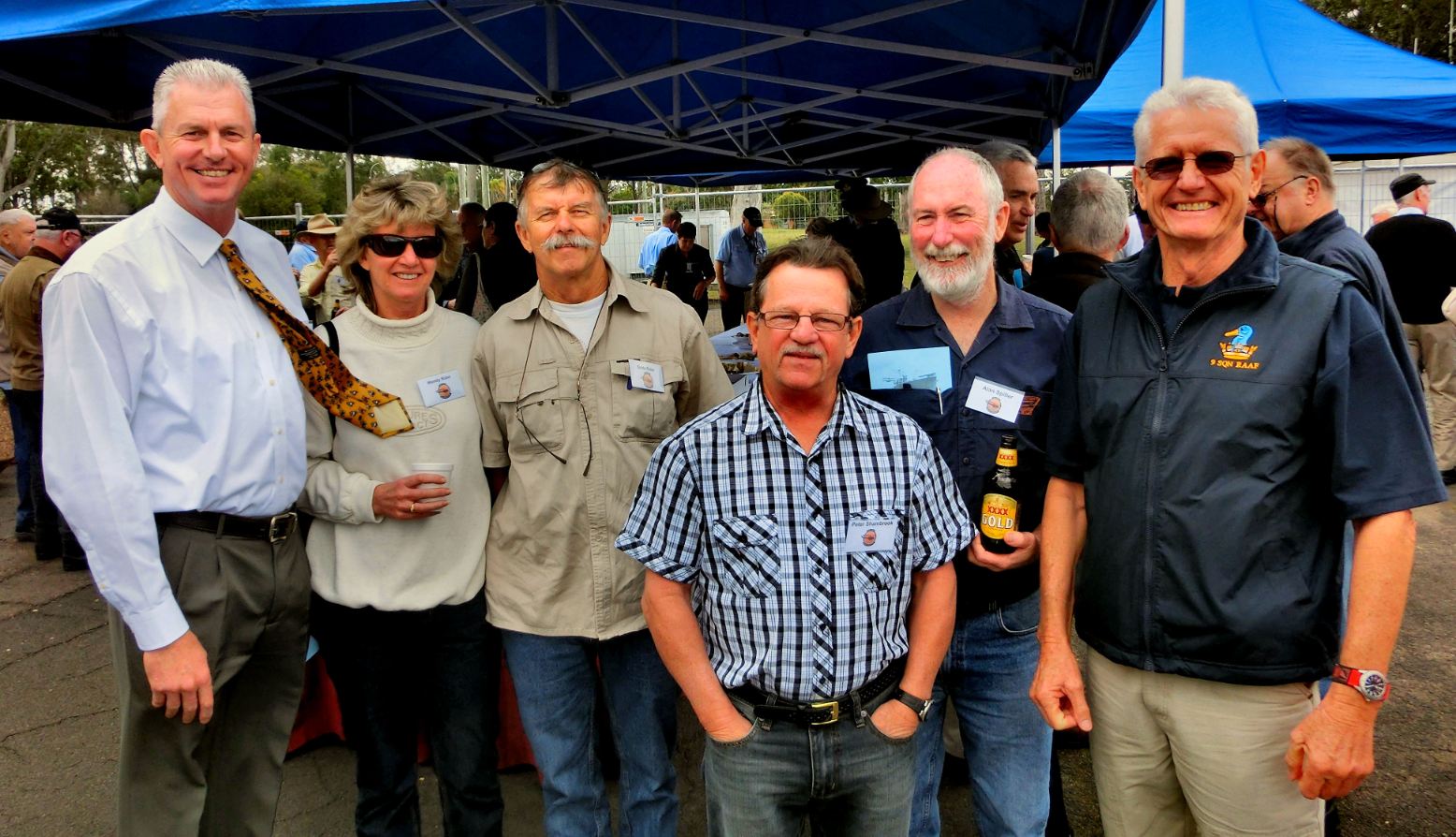
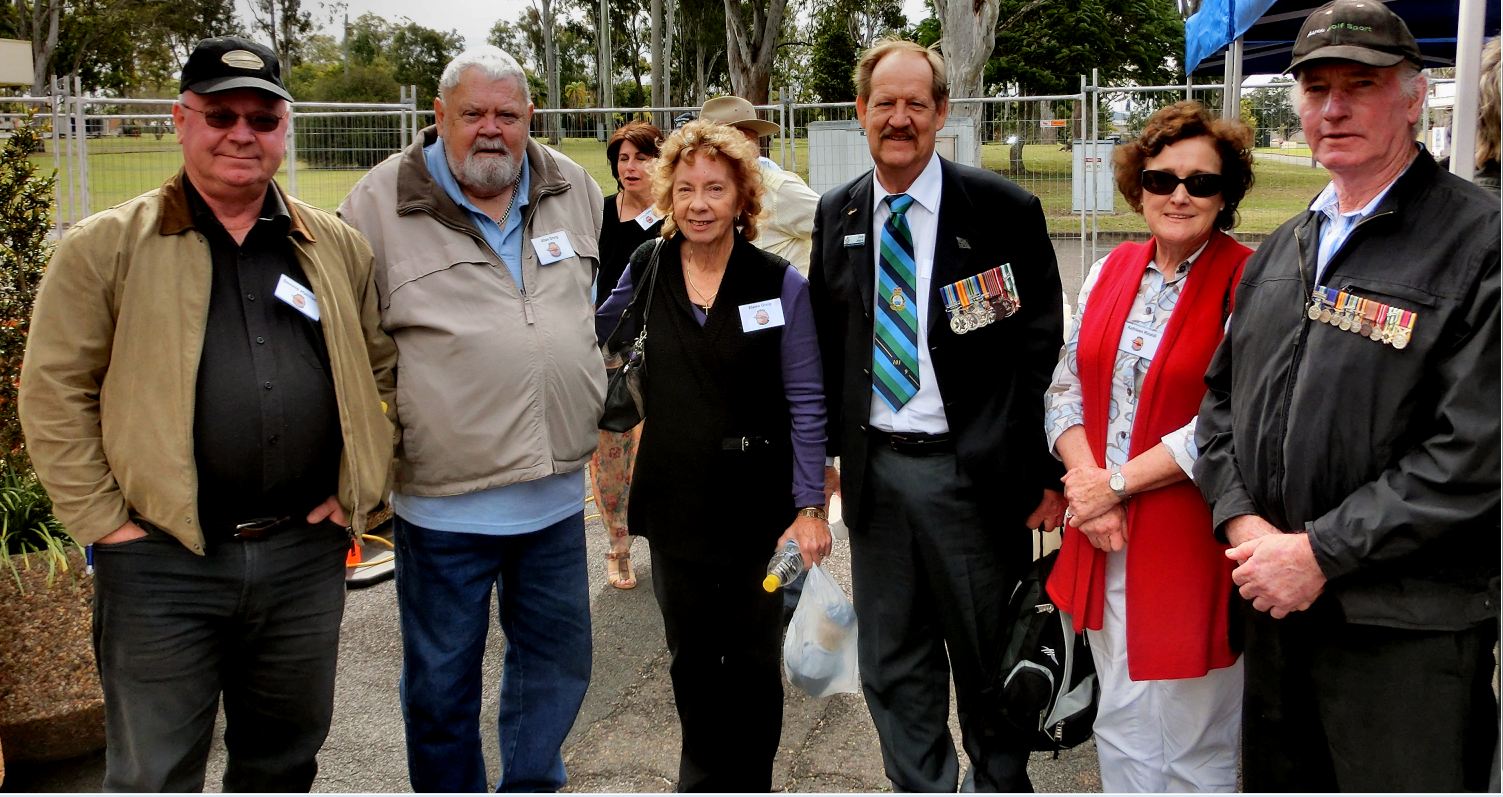
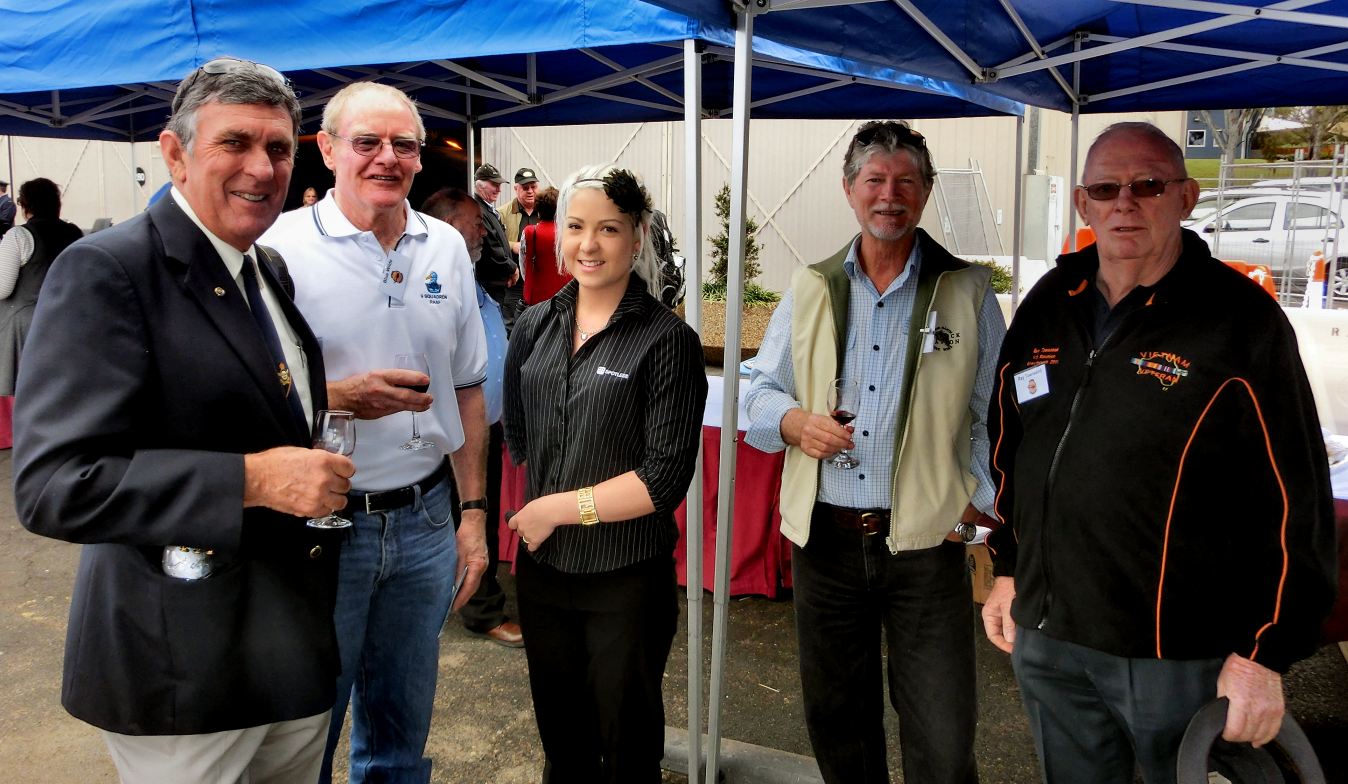
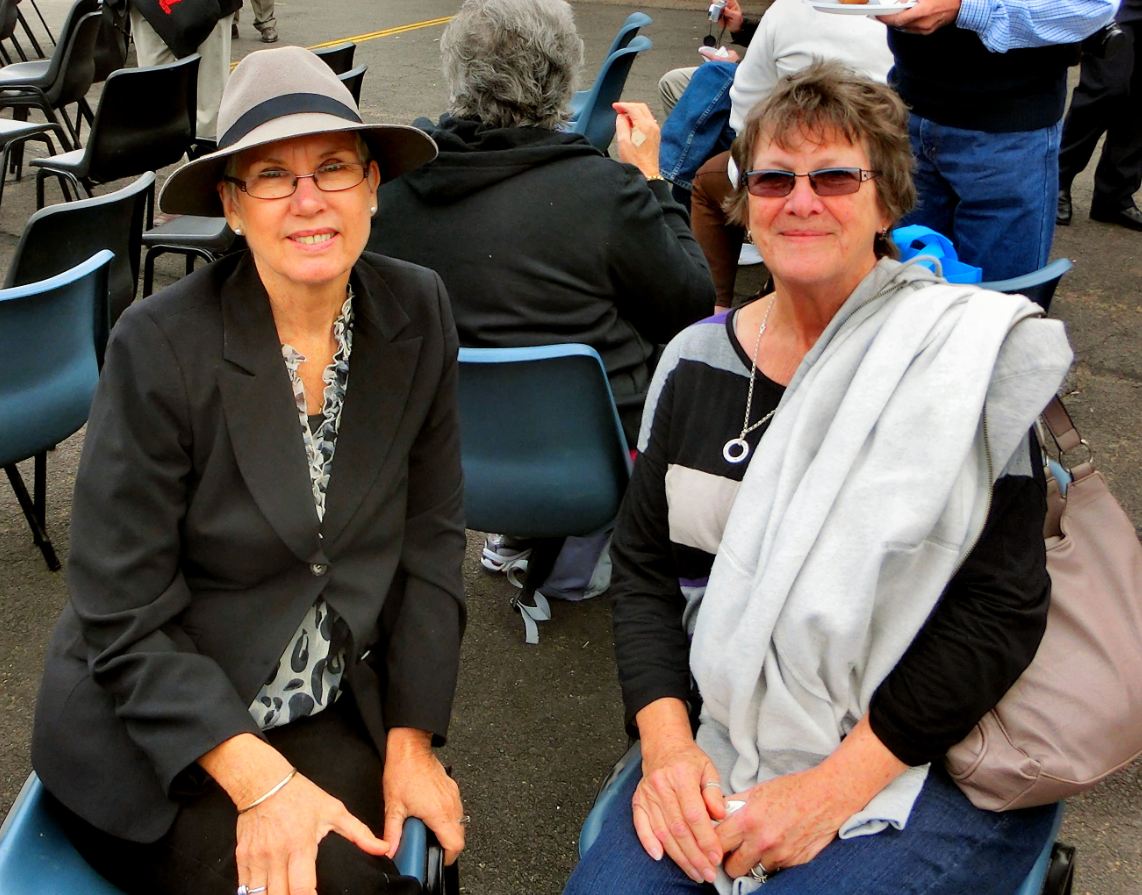
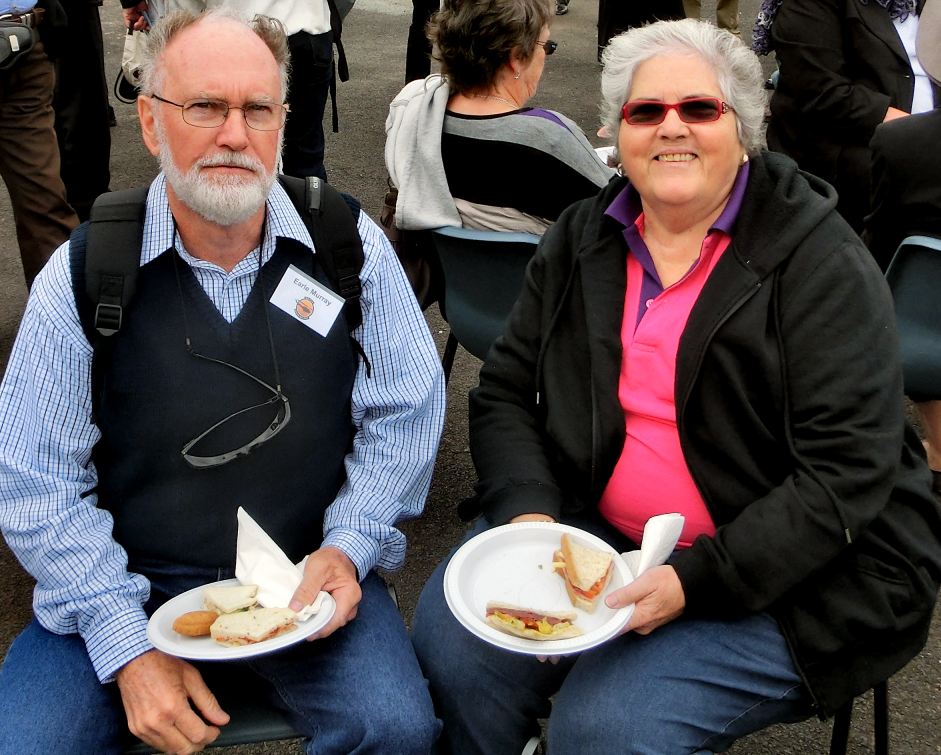
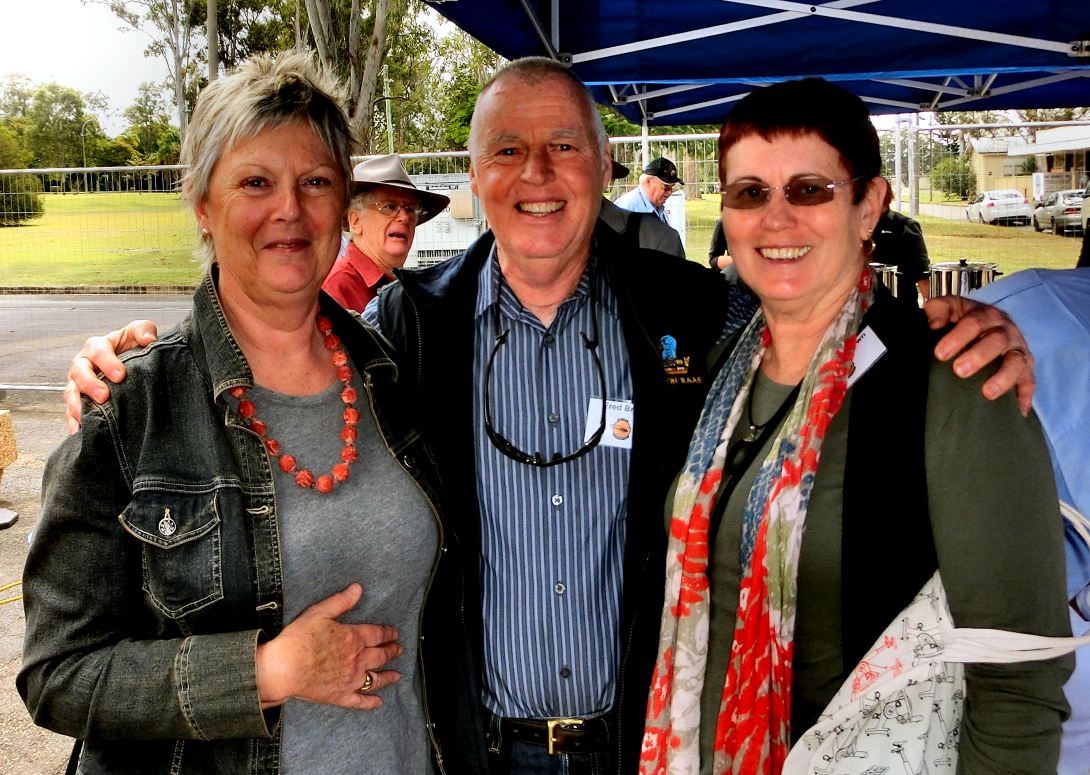
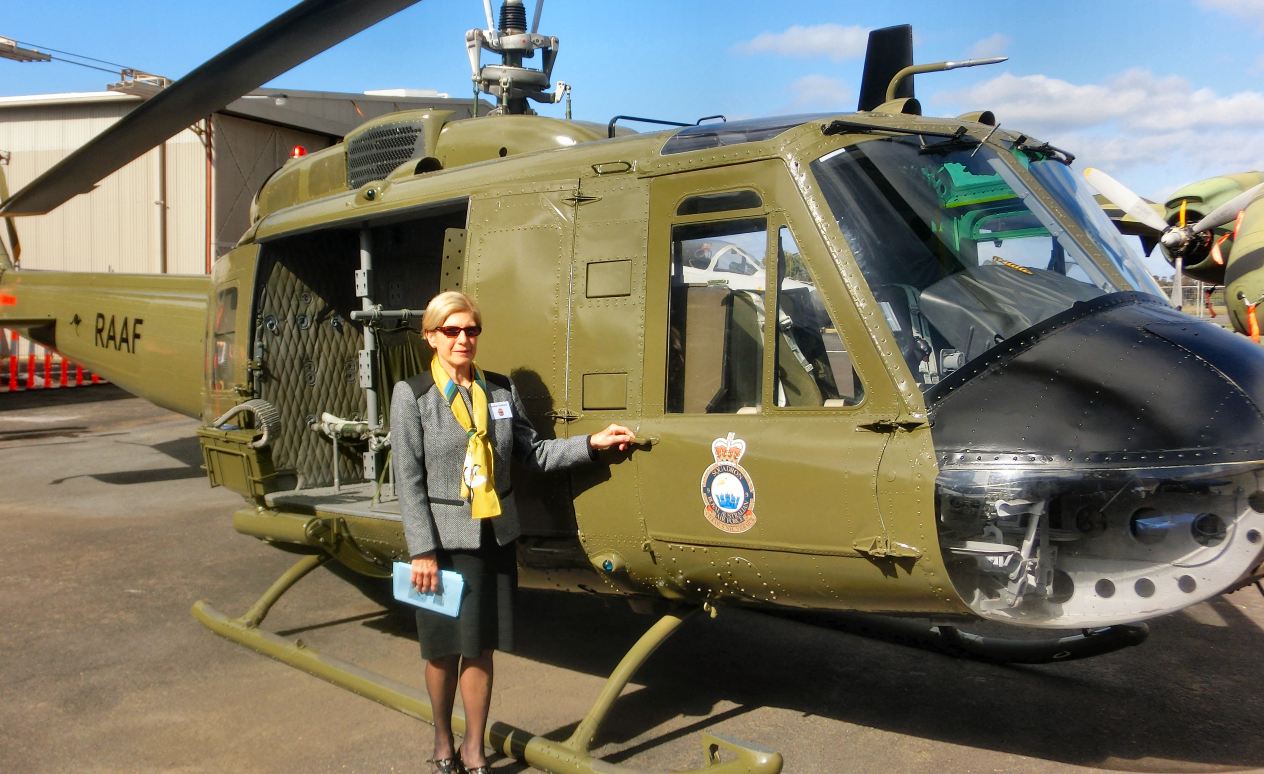
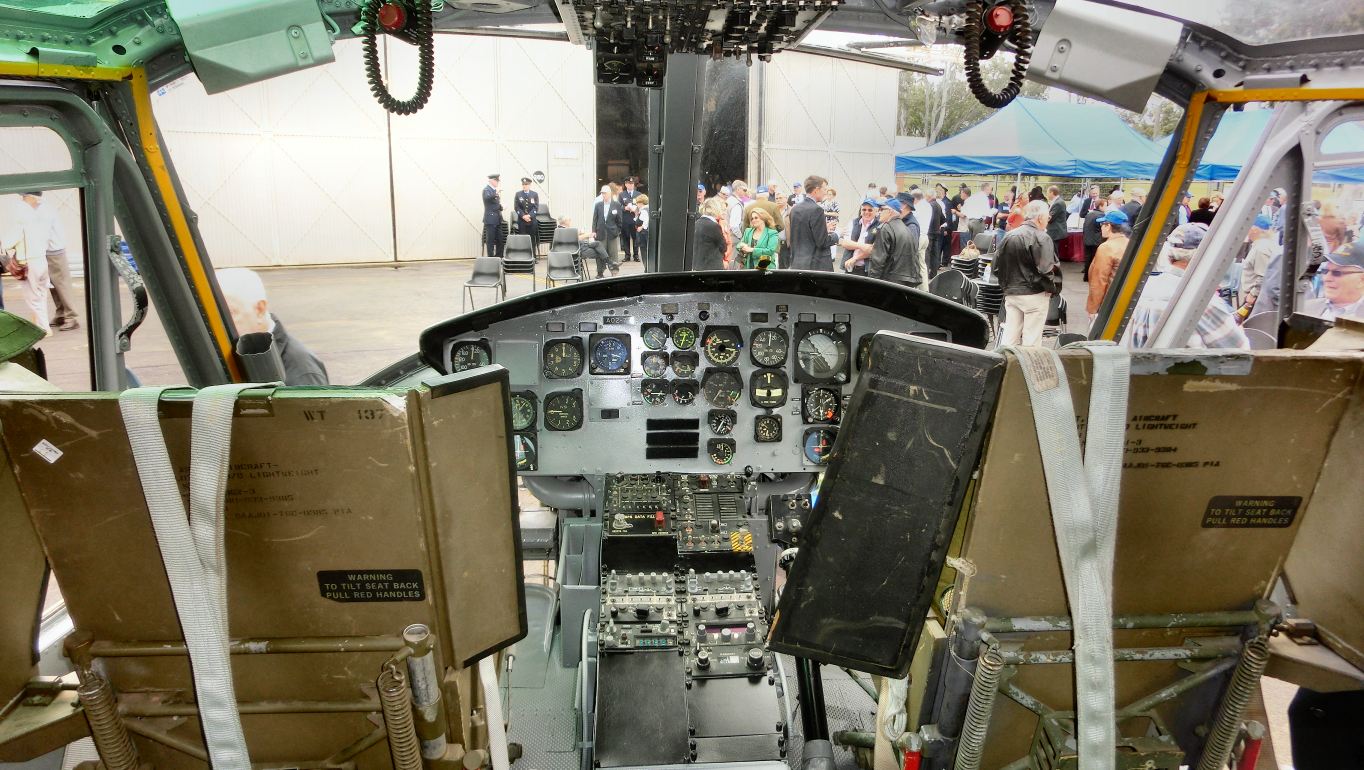
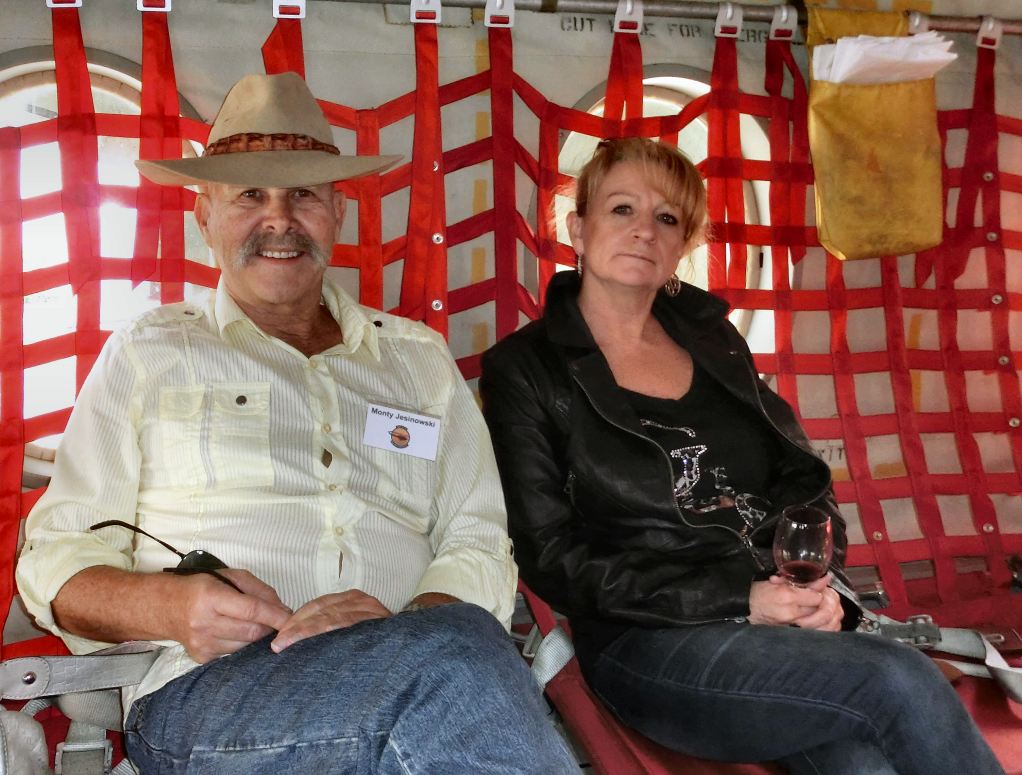
%20a.jpg)
%20a.jpg)
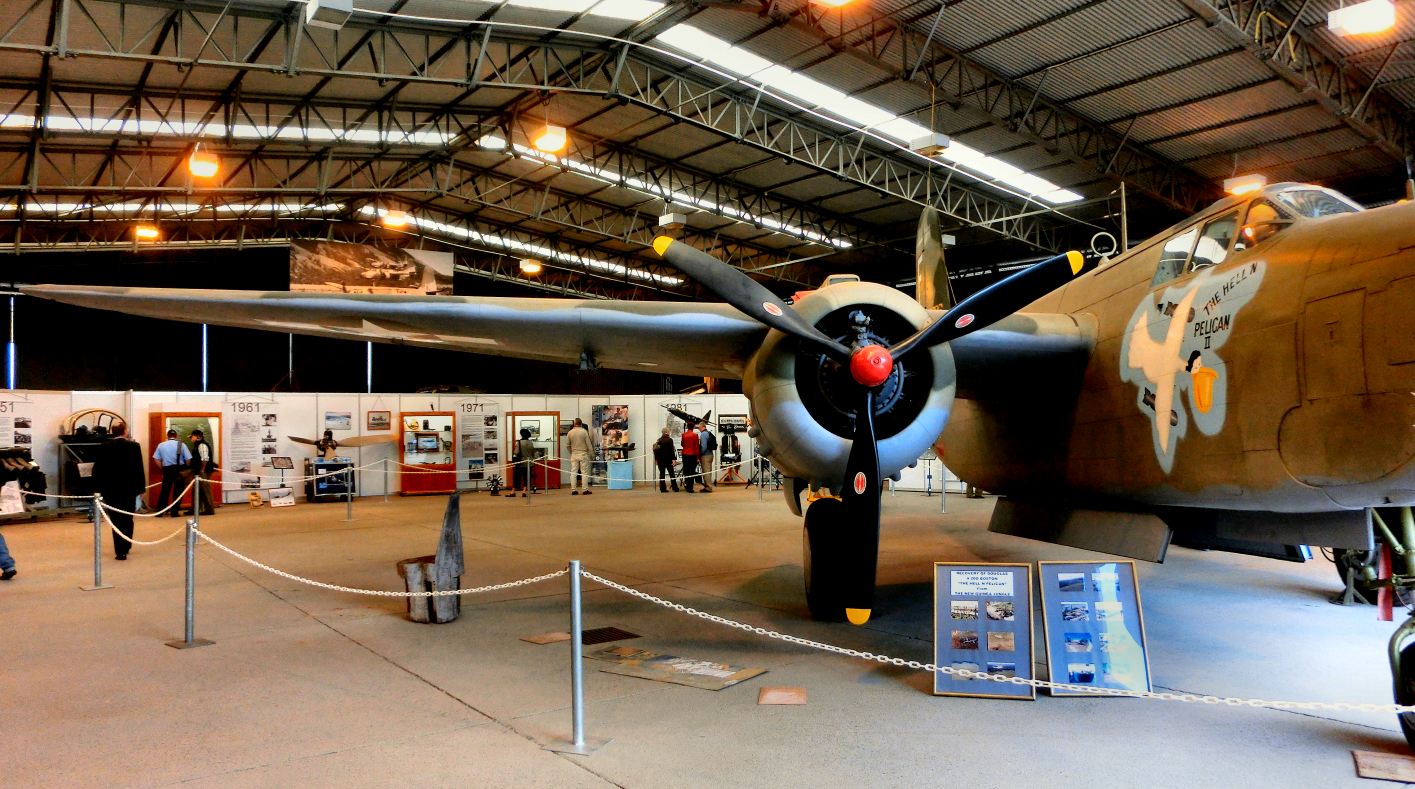
%20a.jpg)
